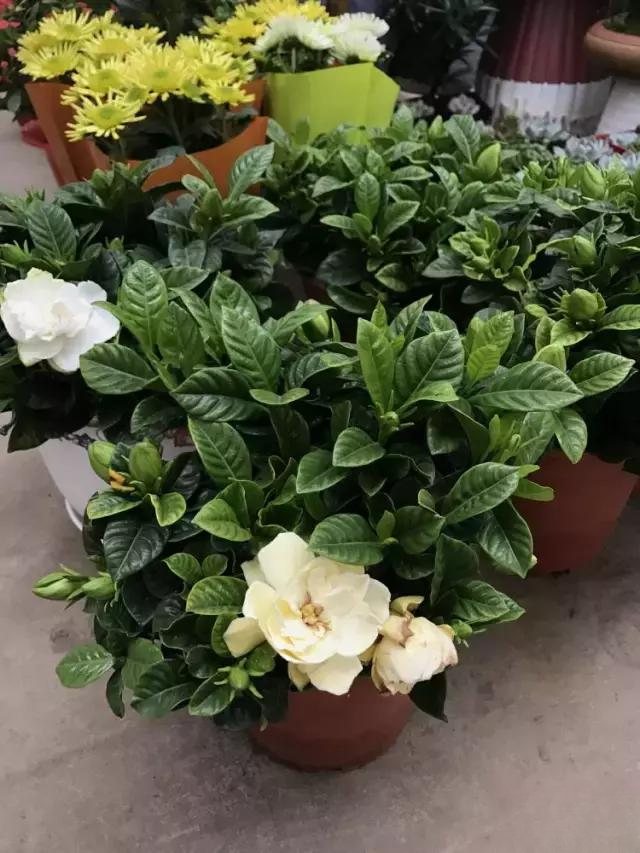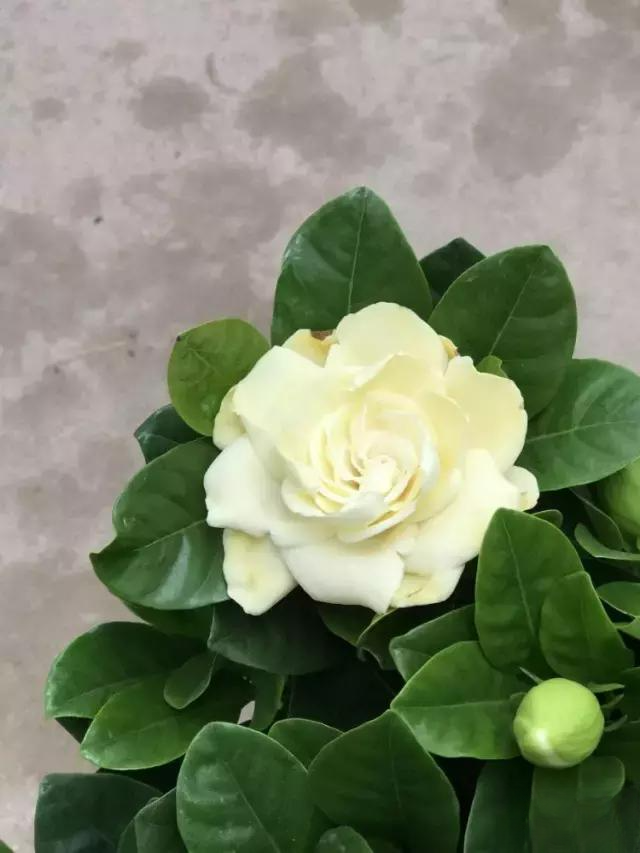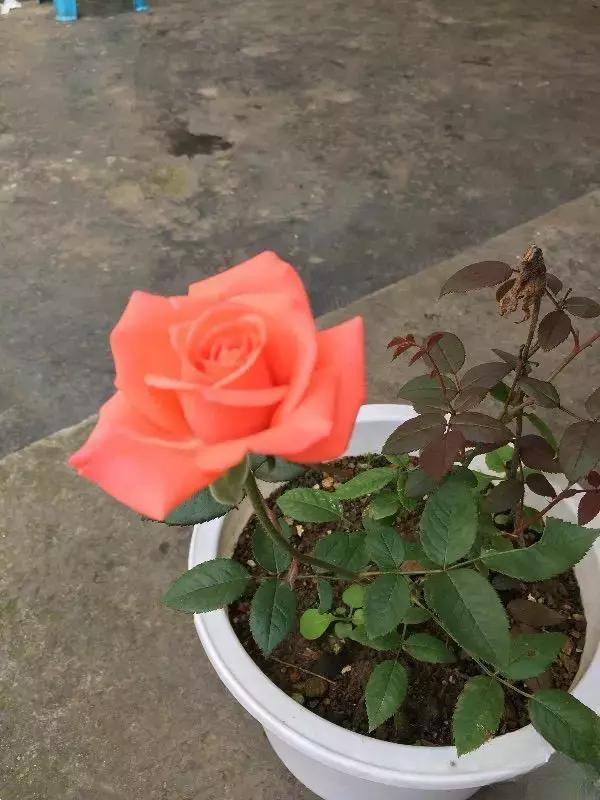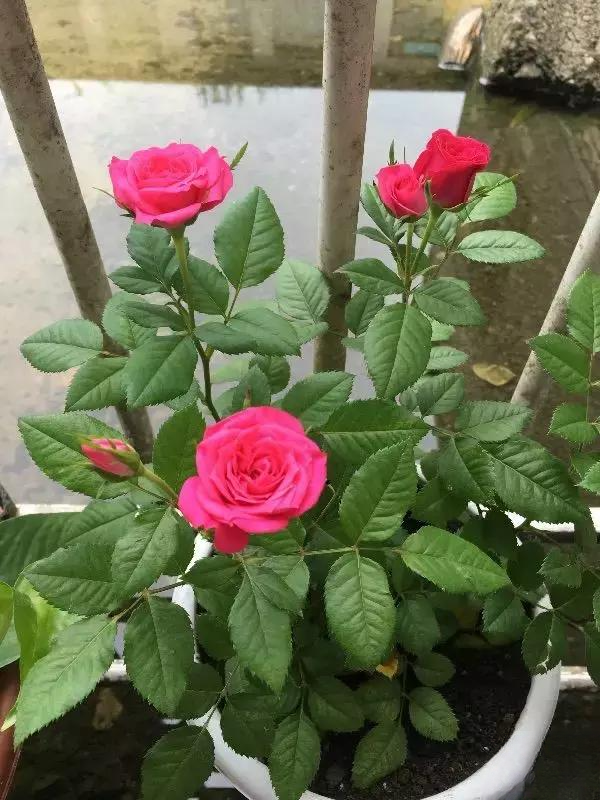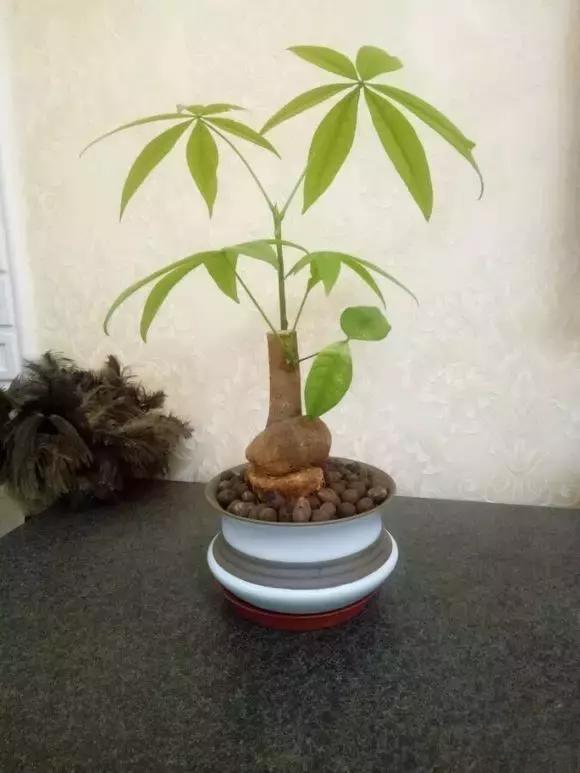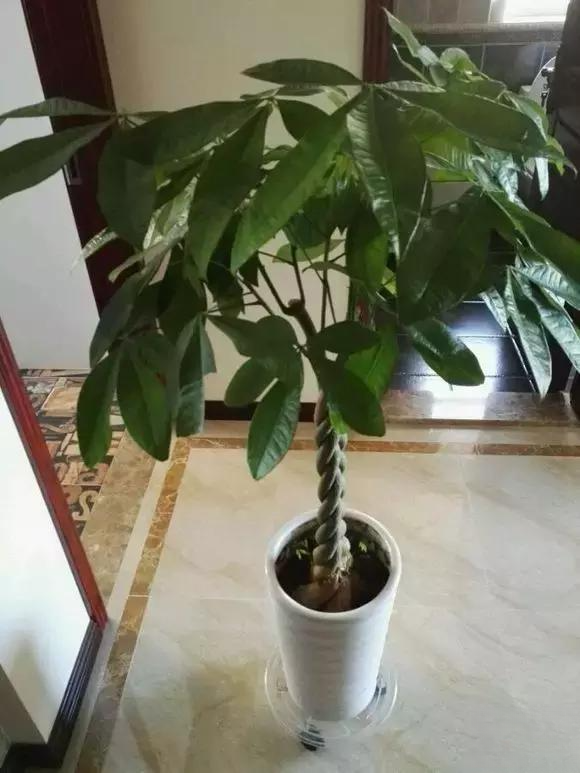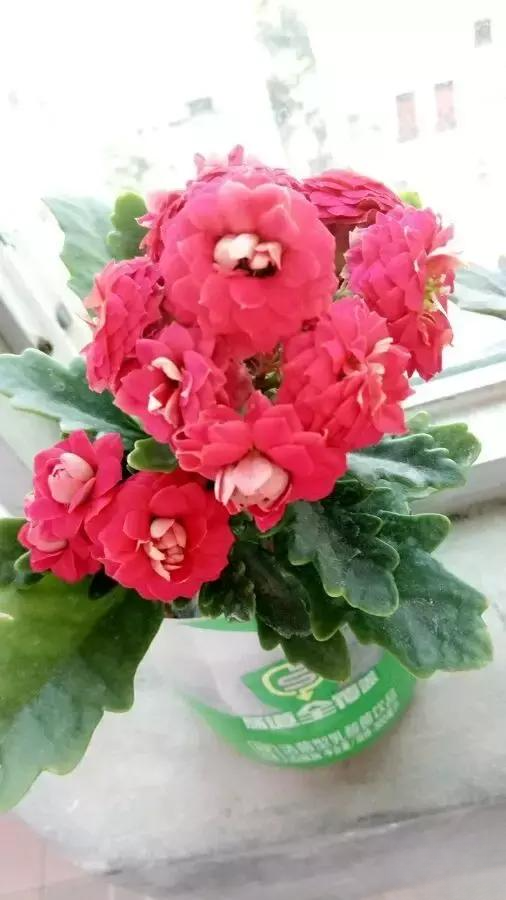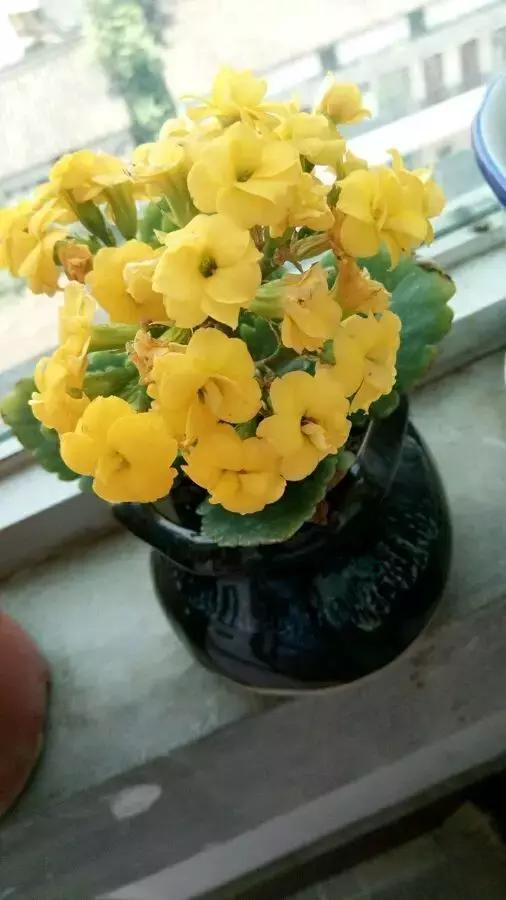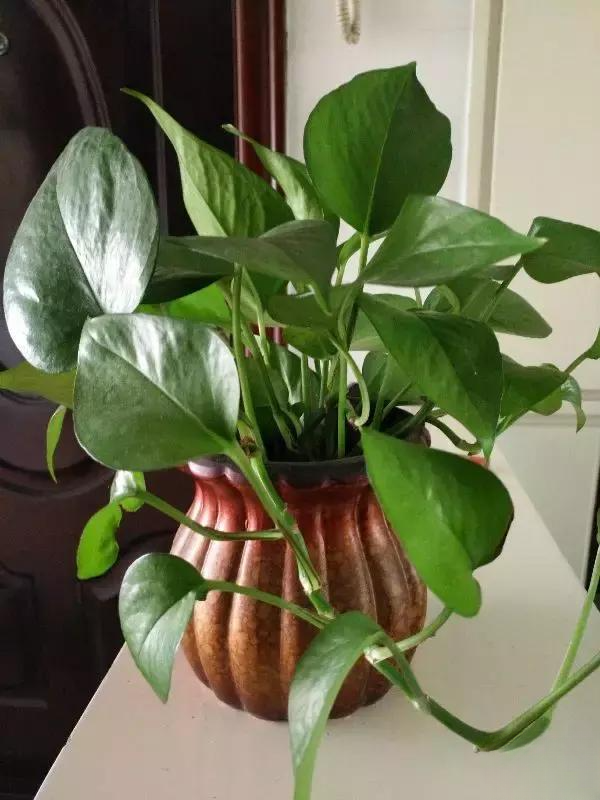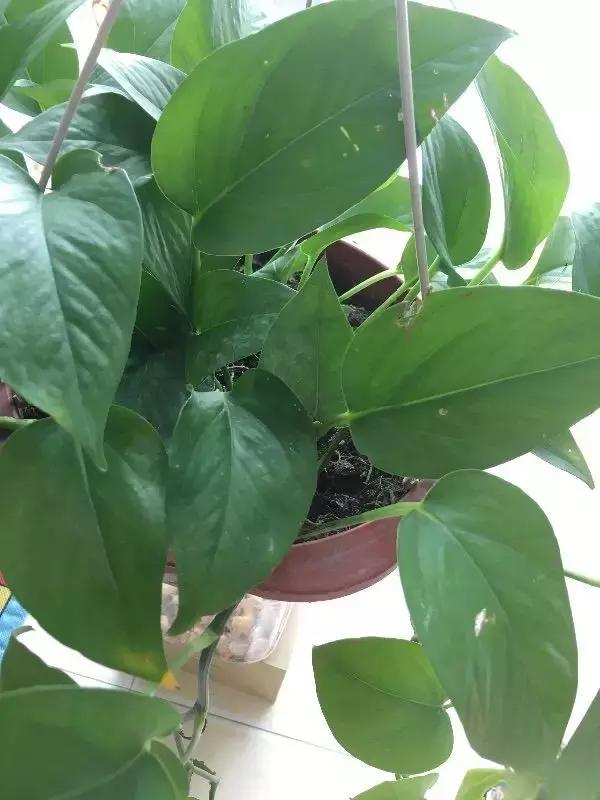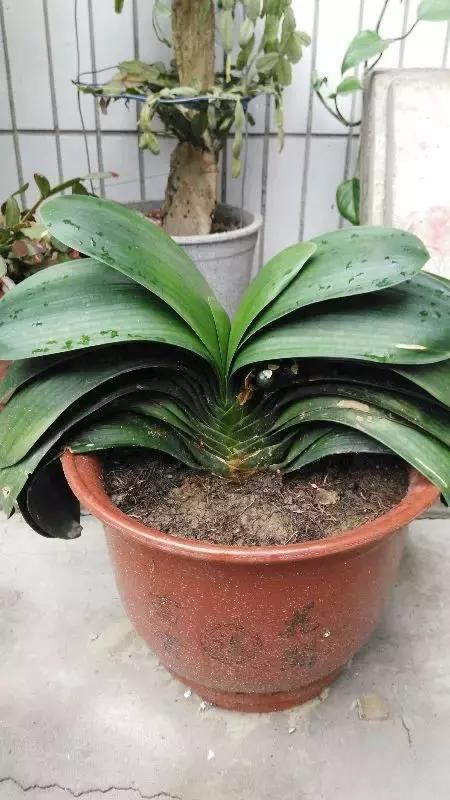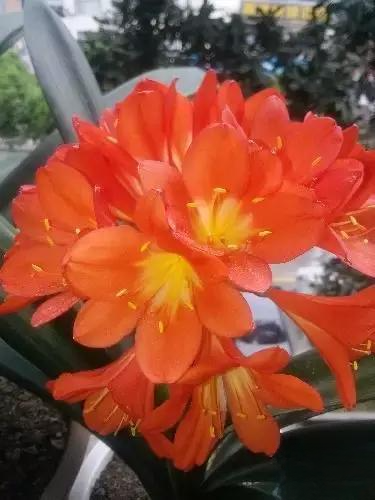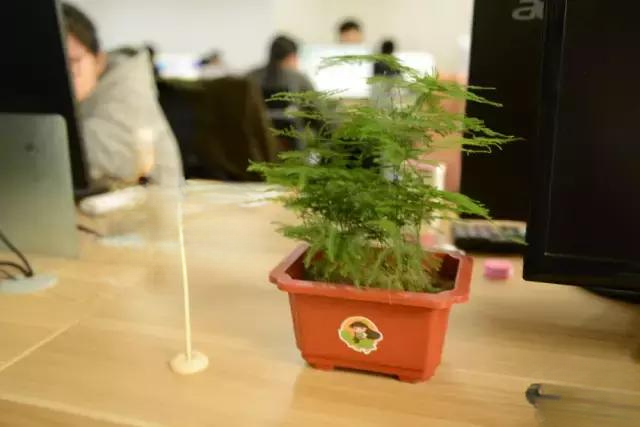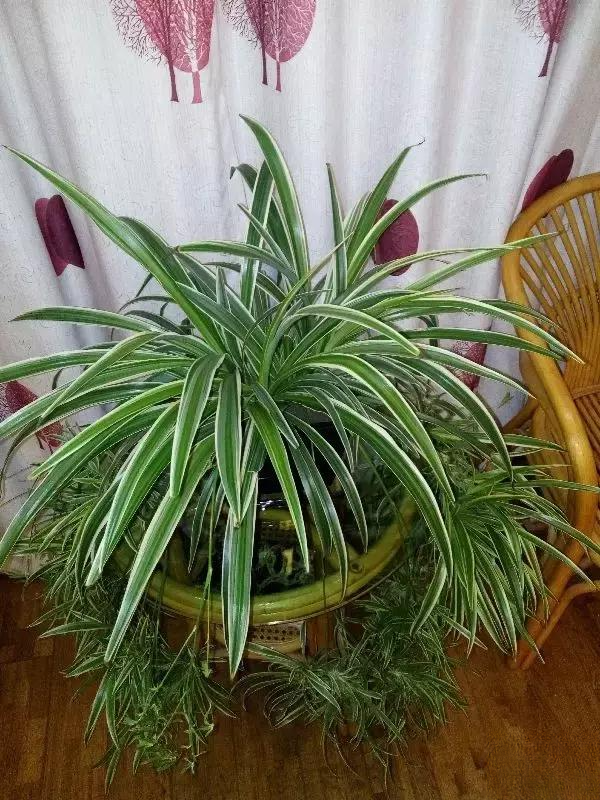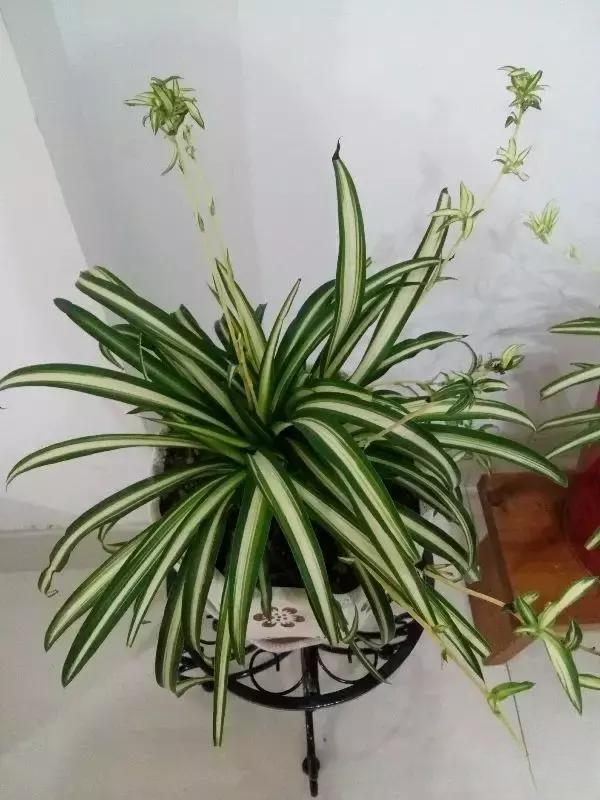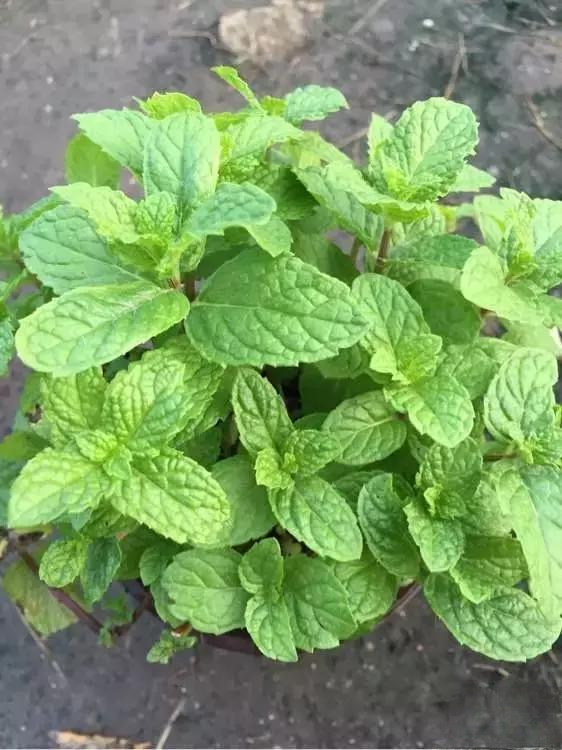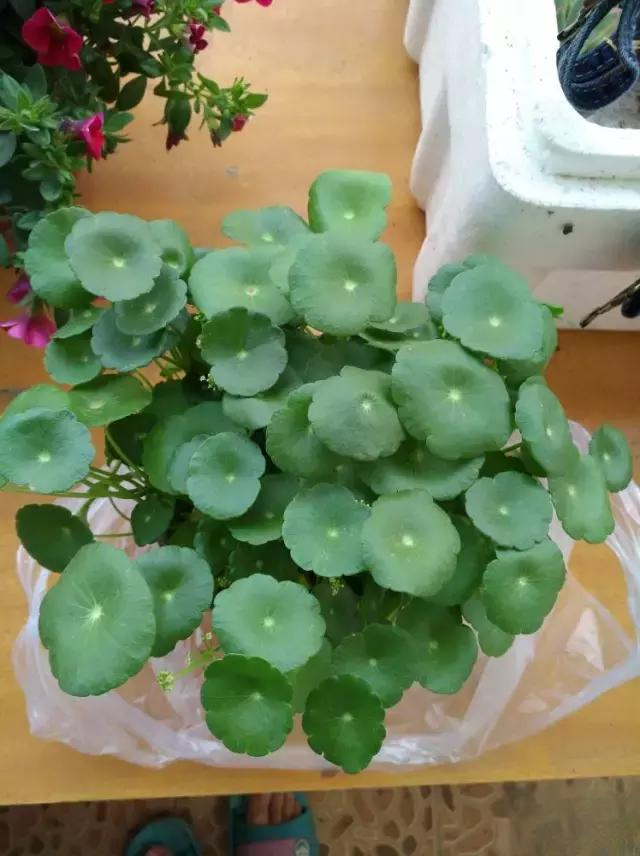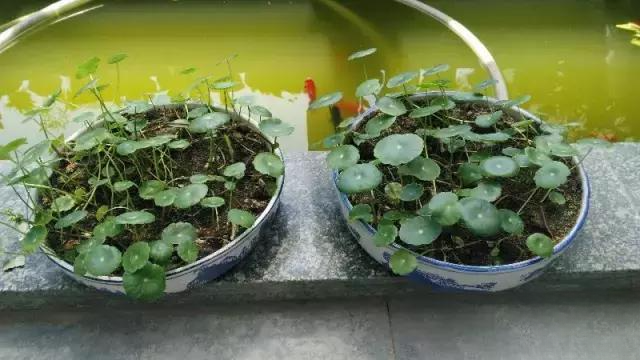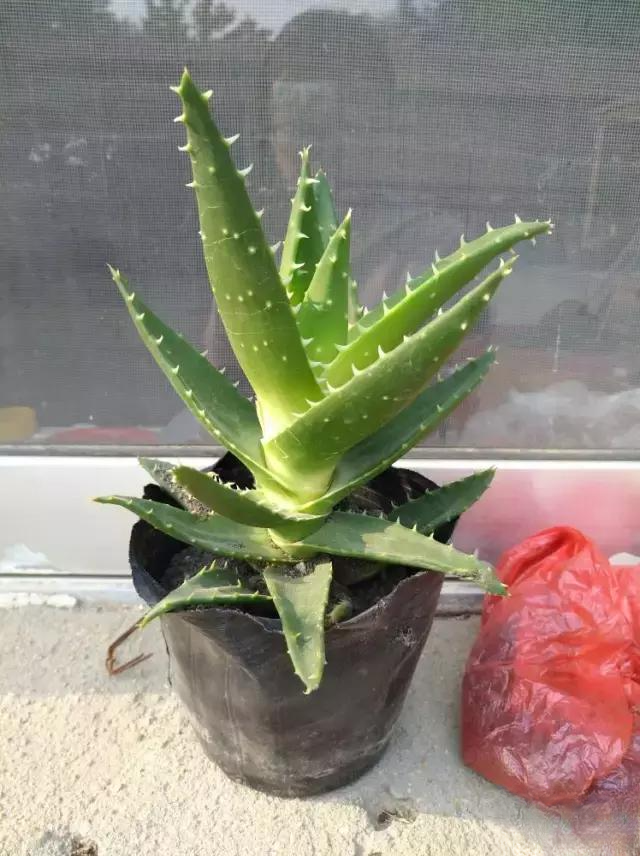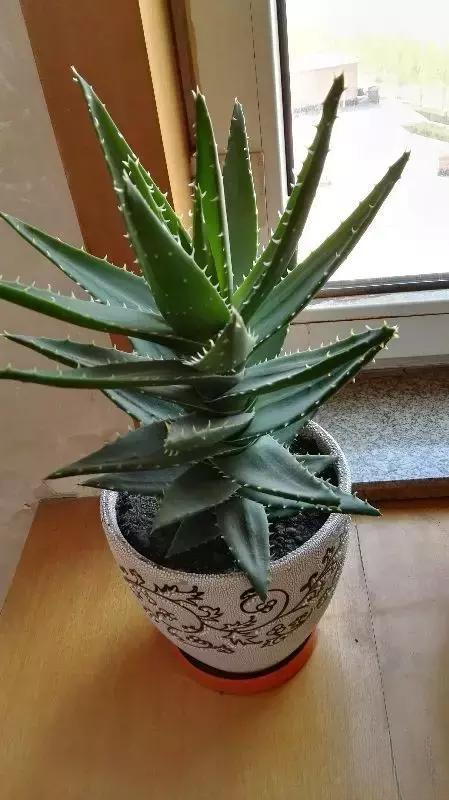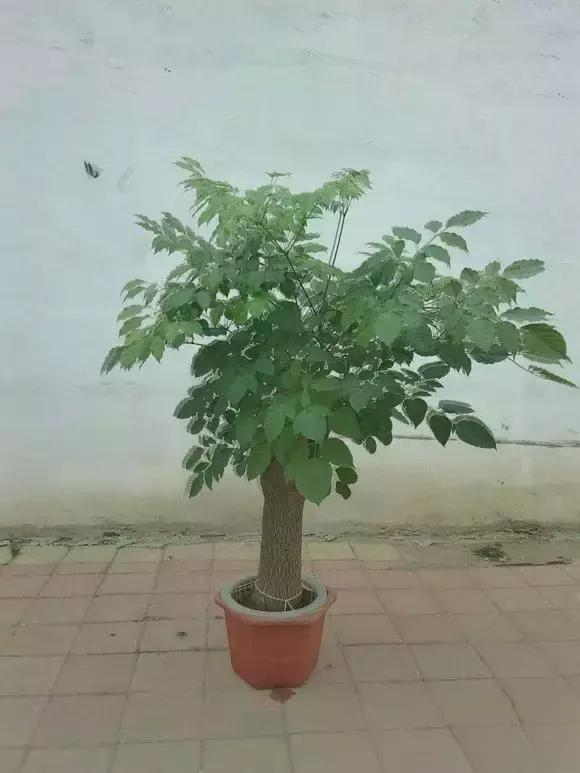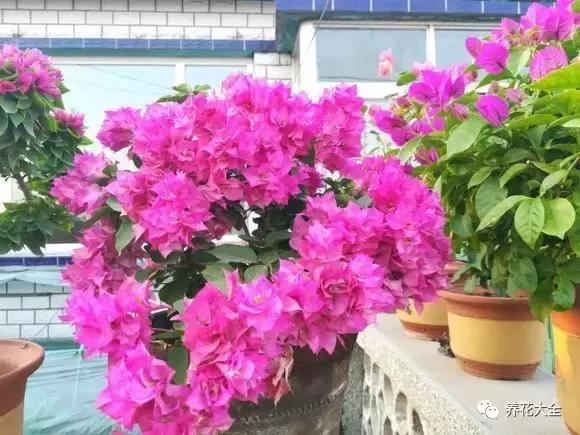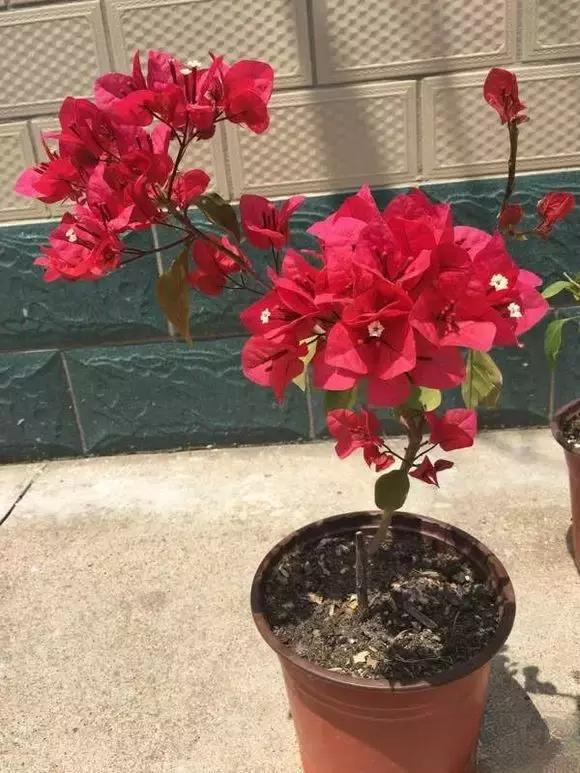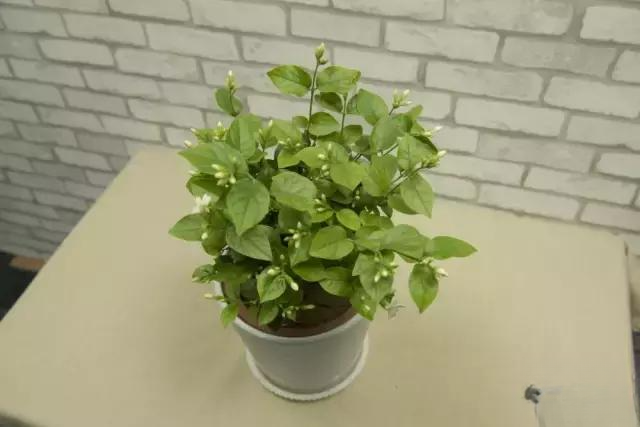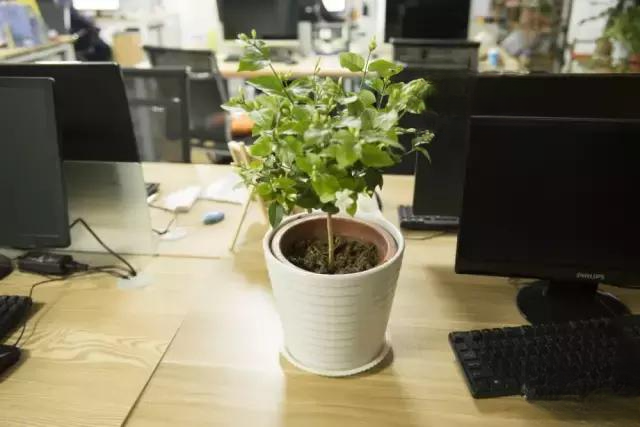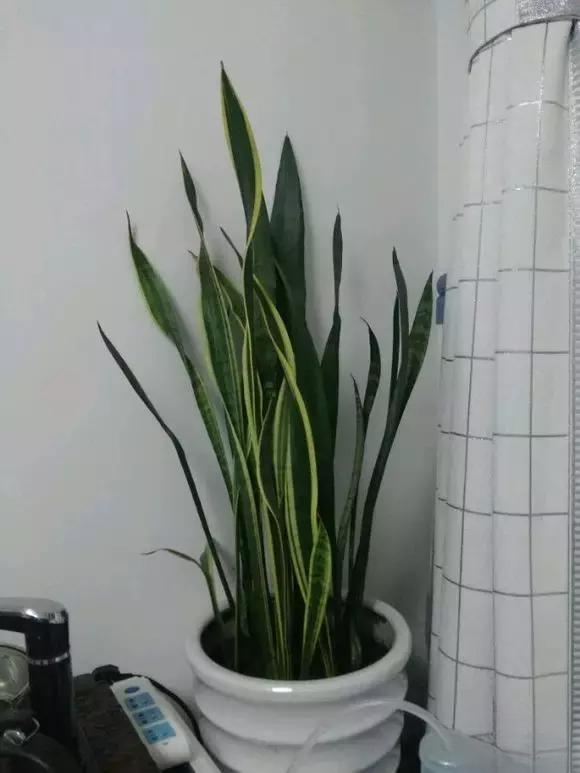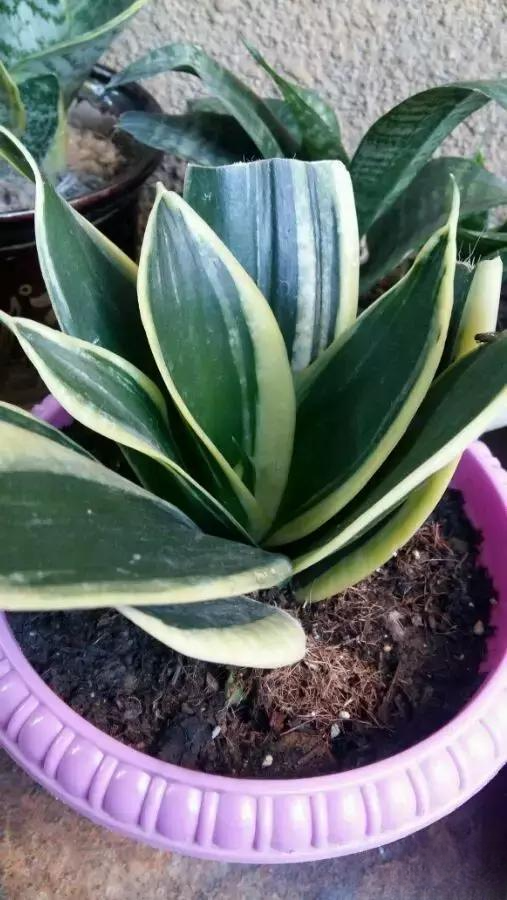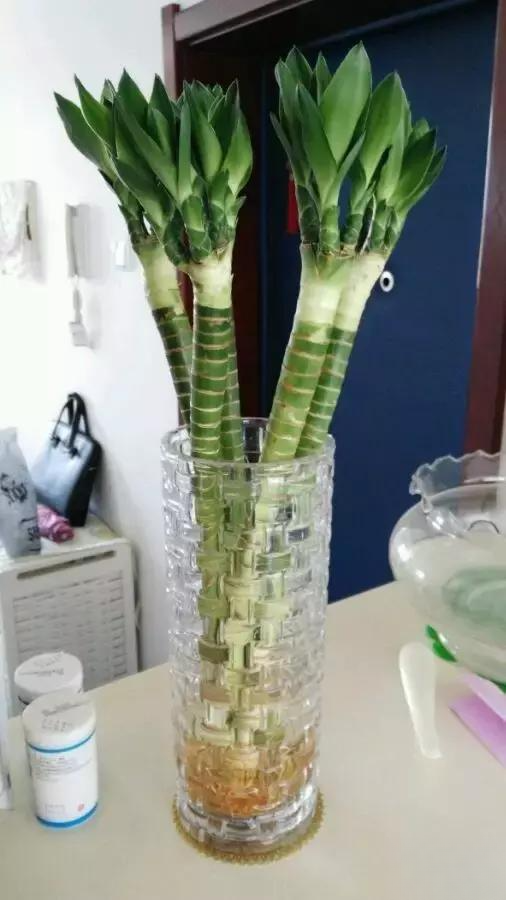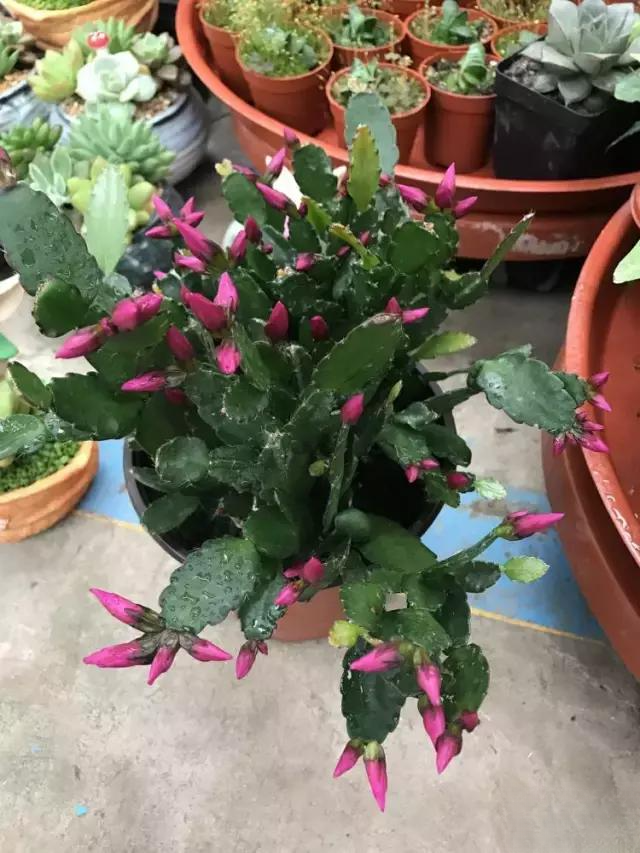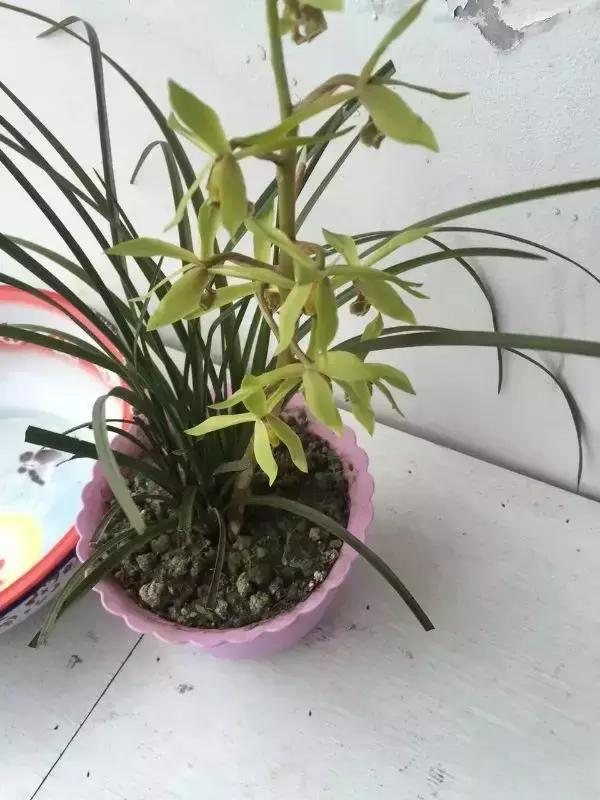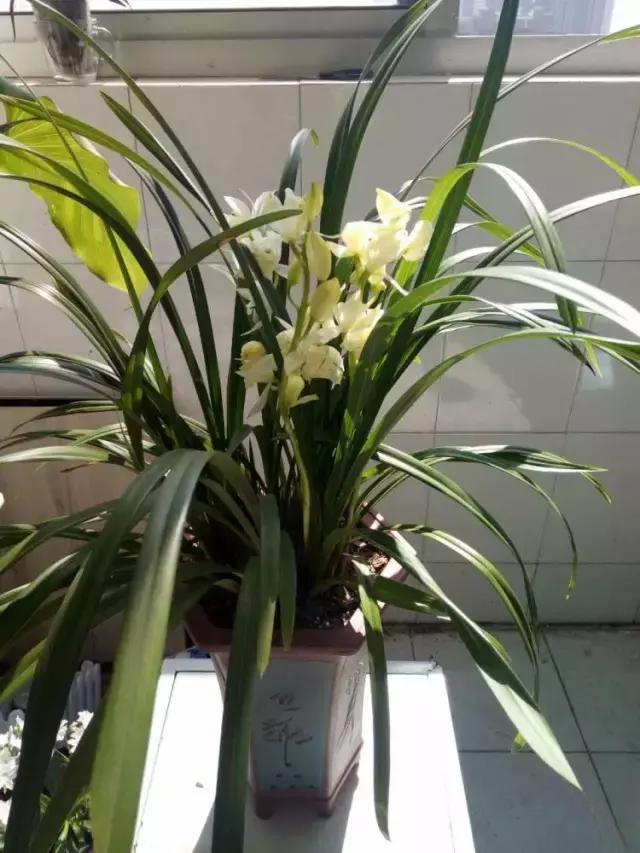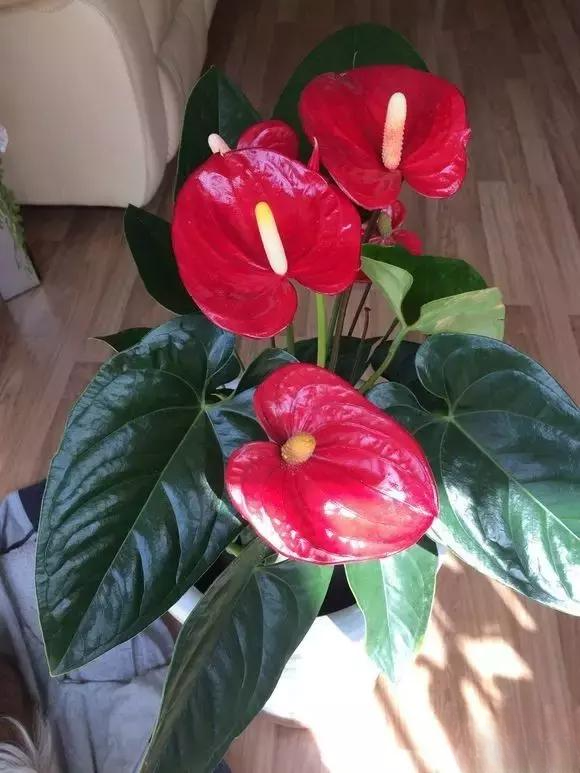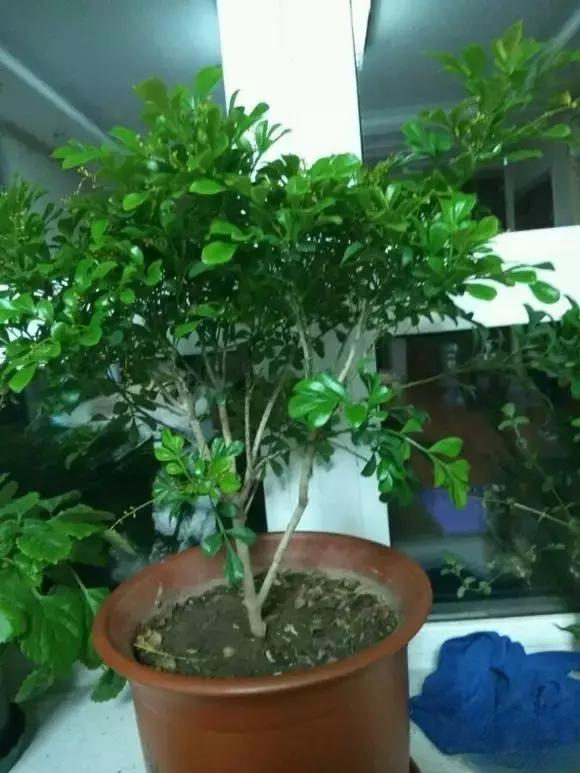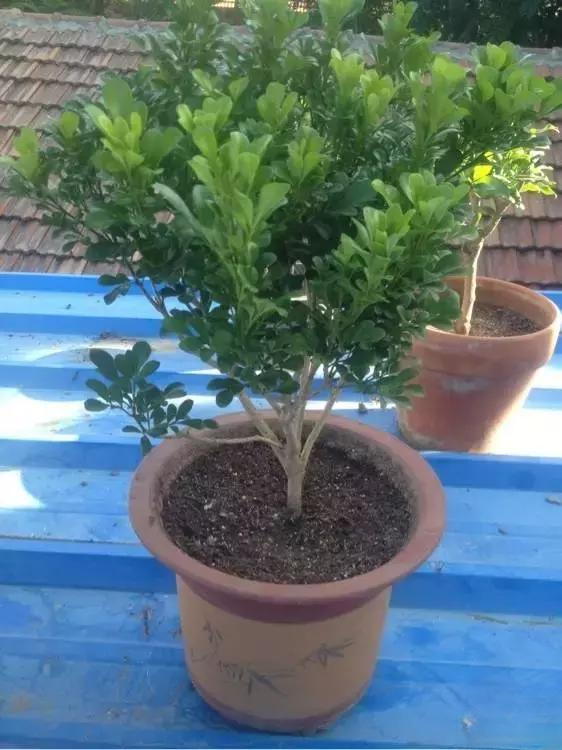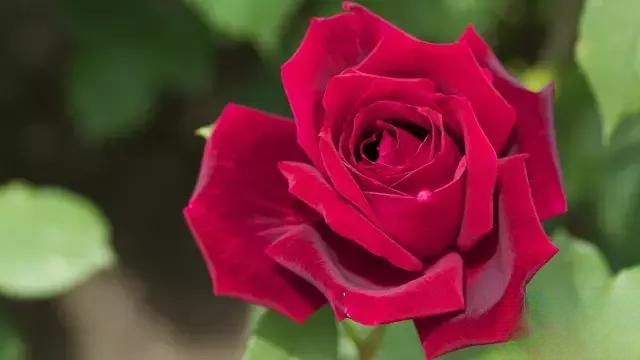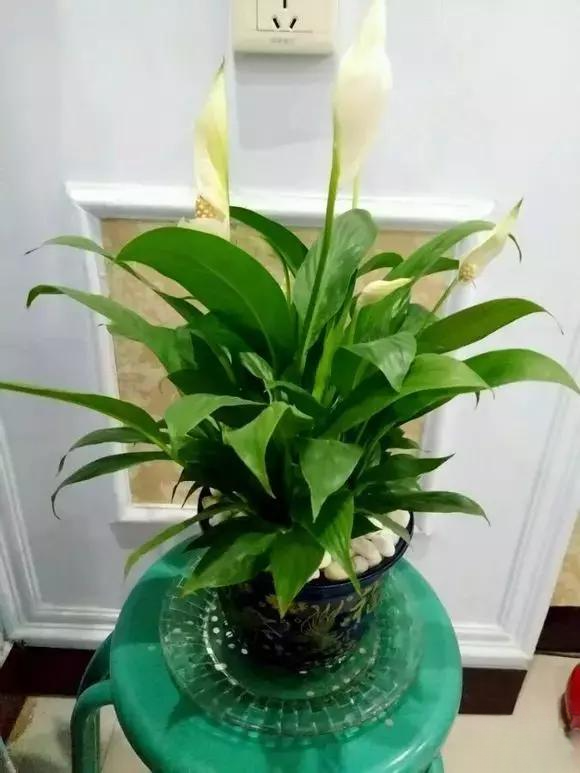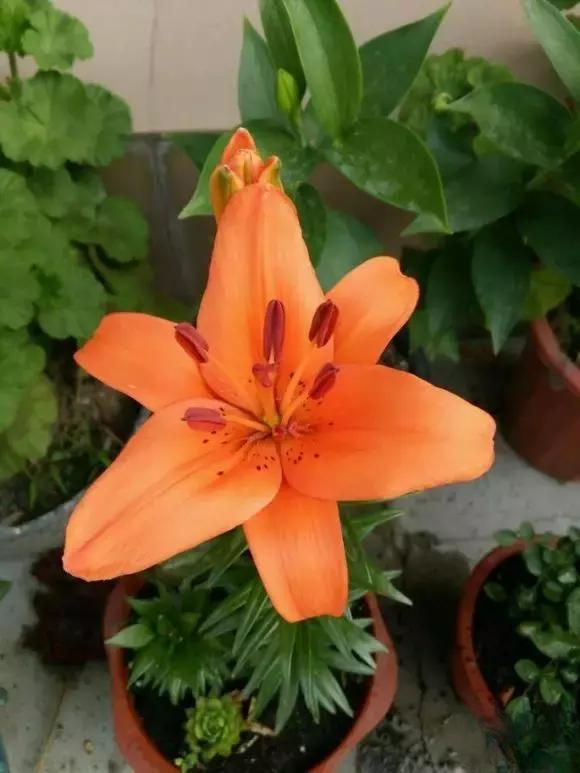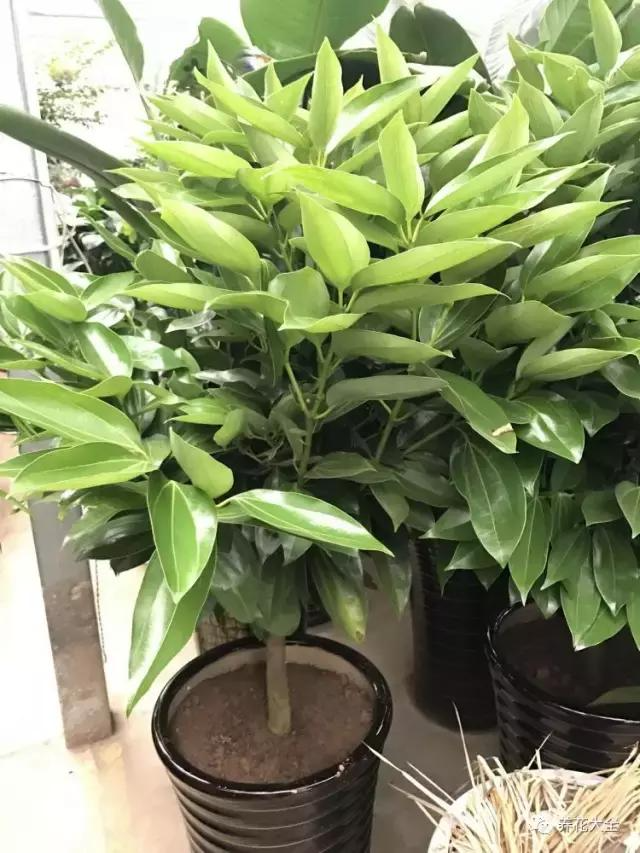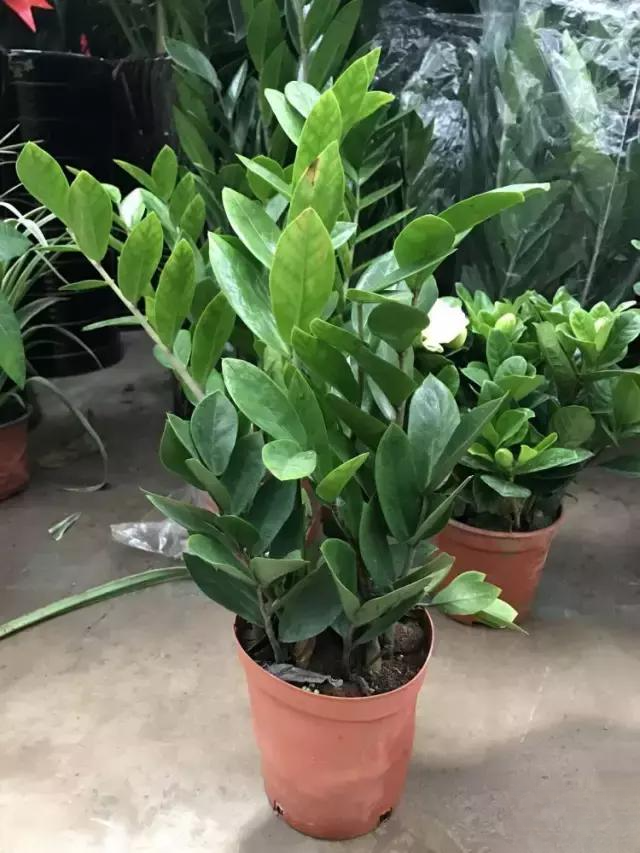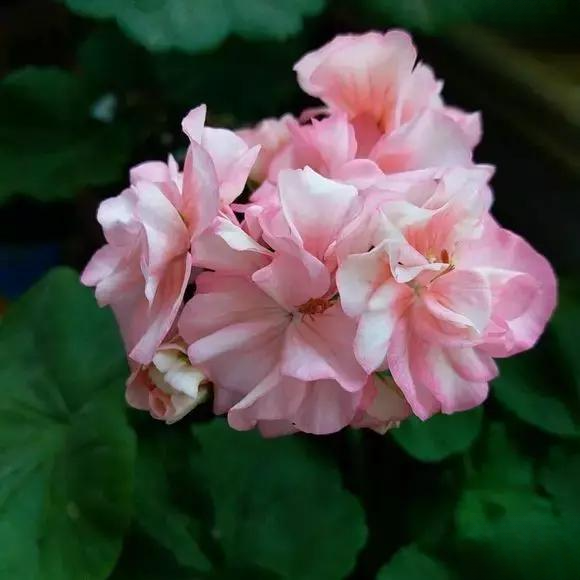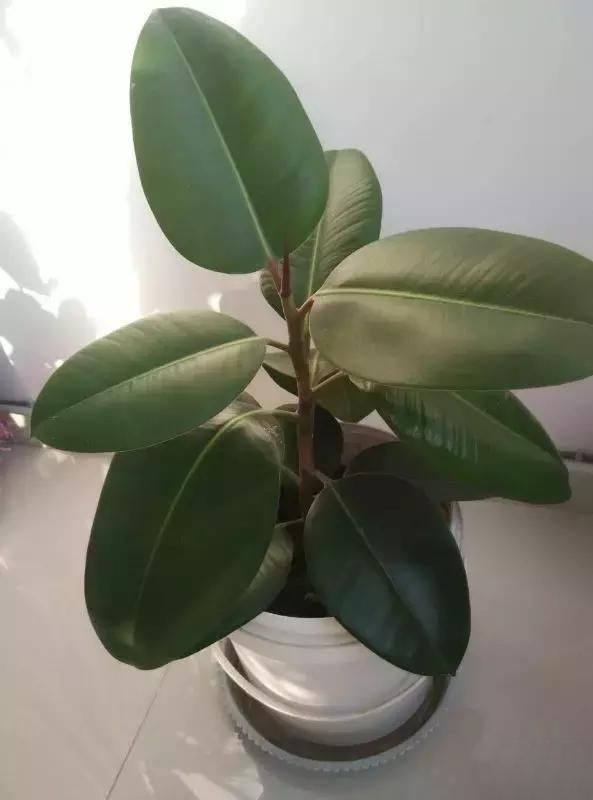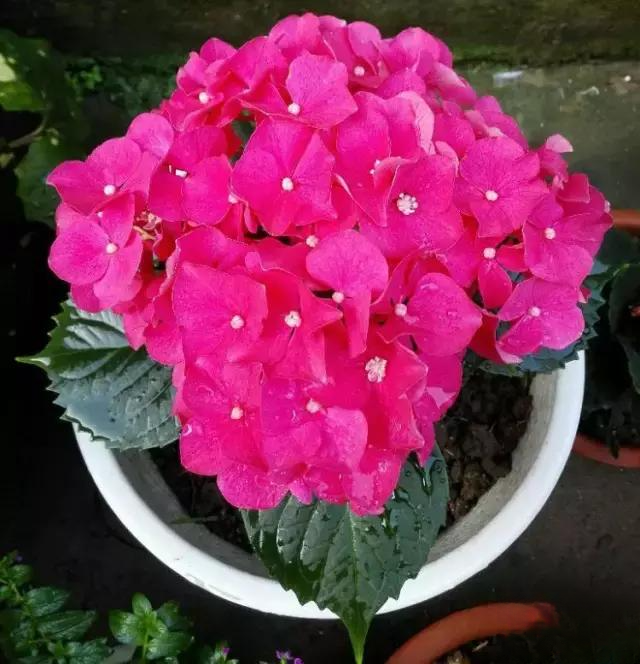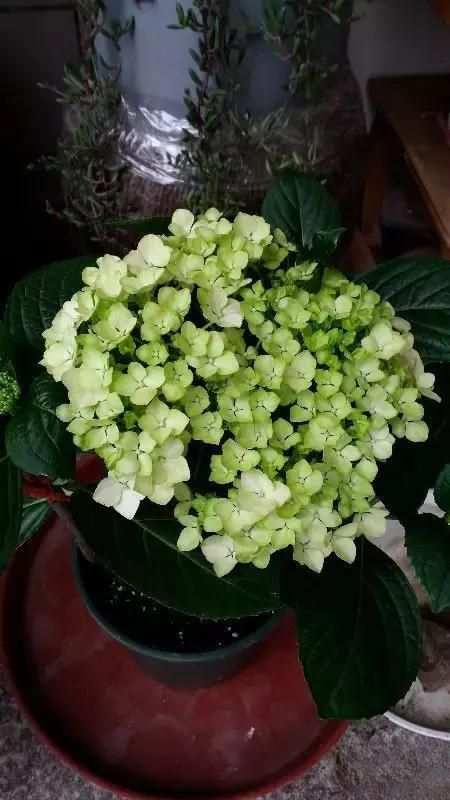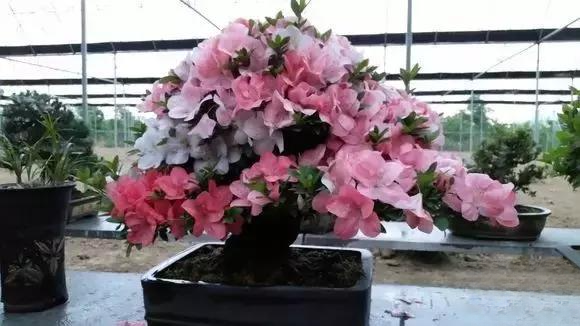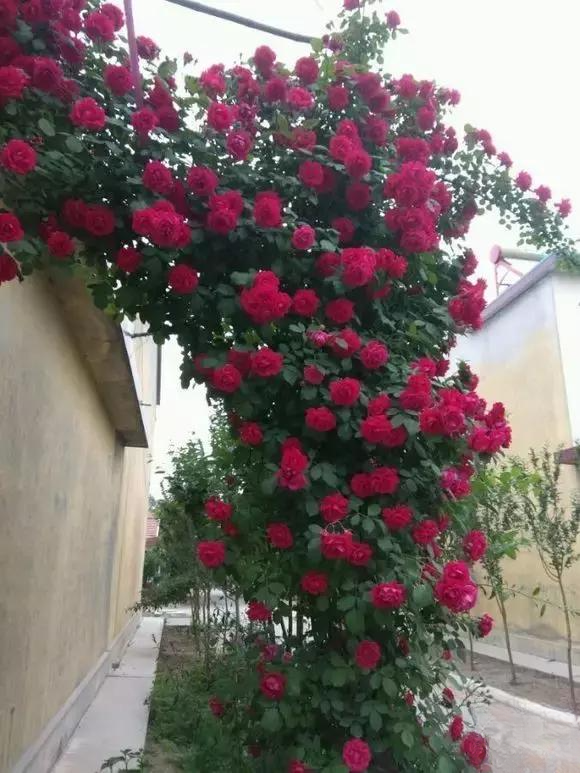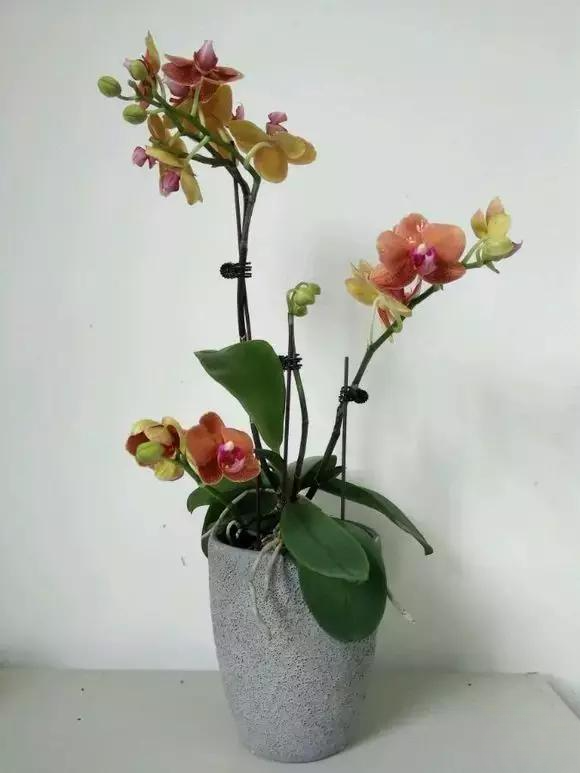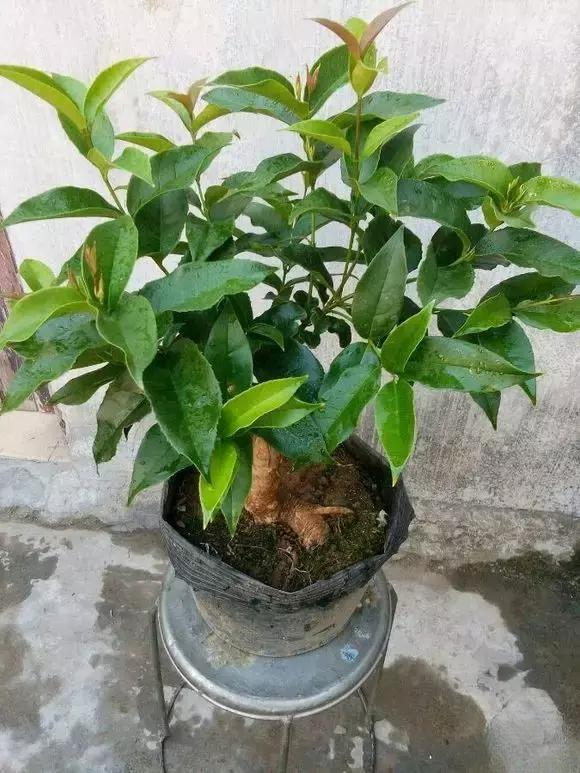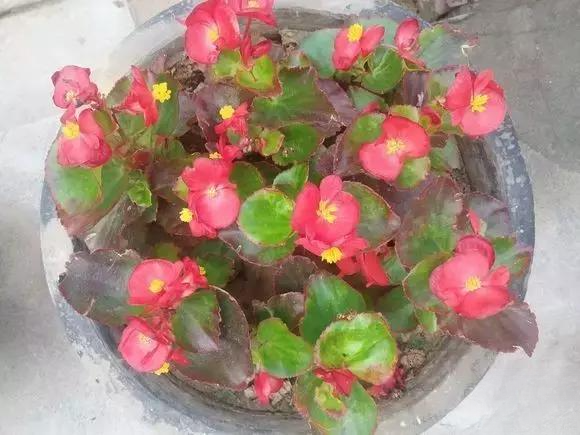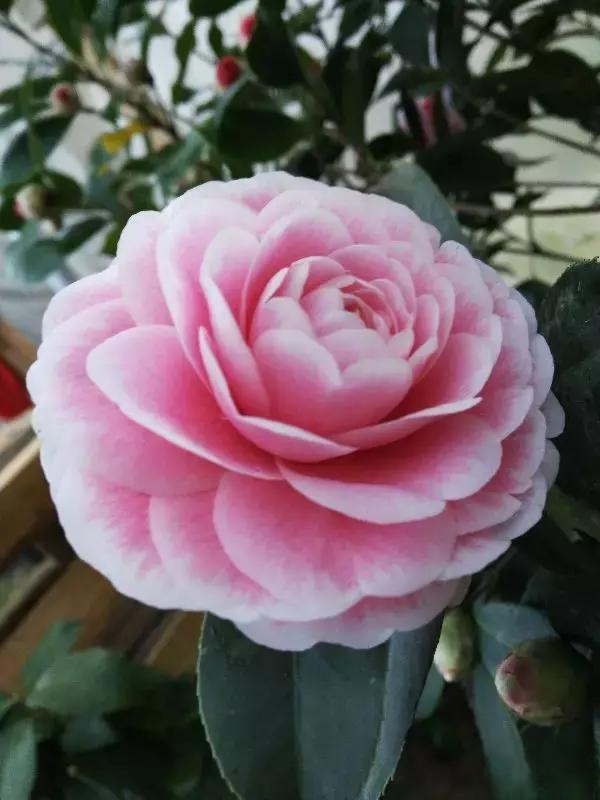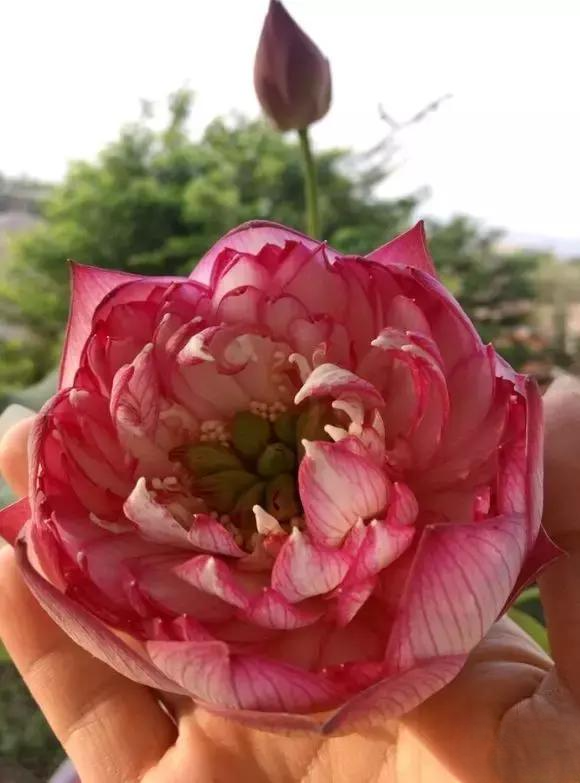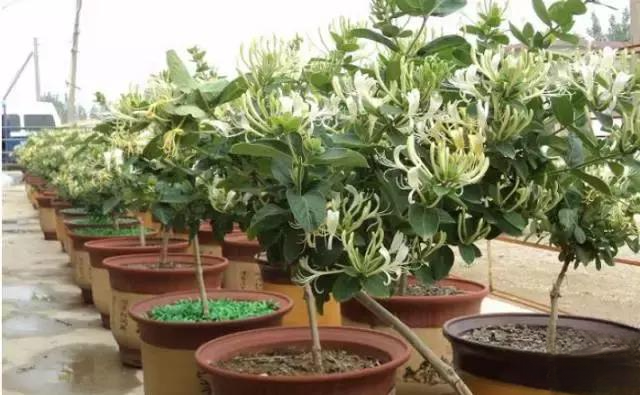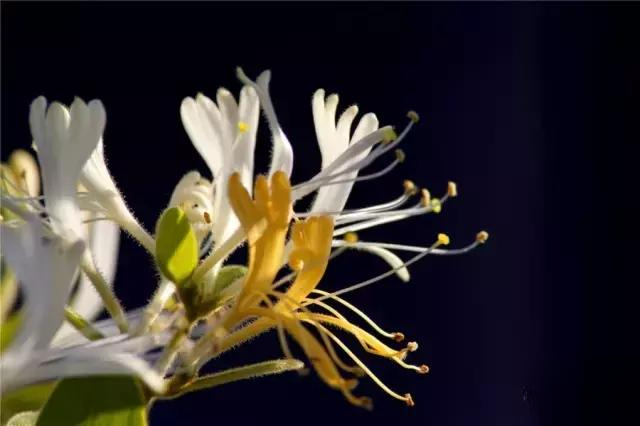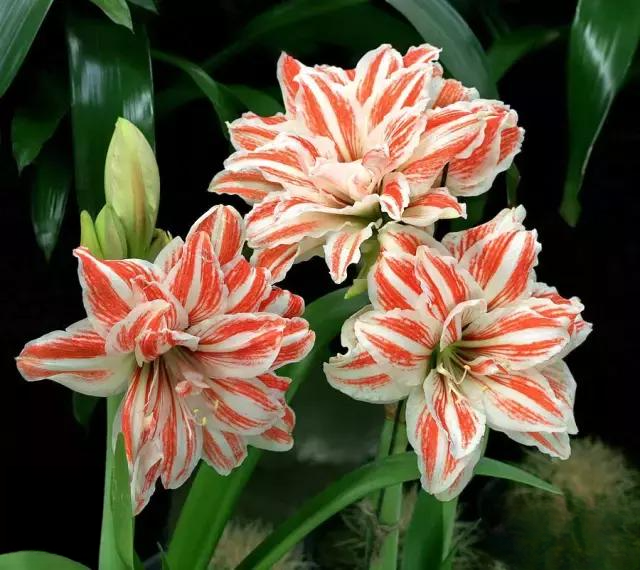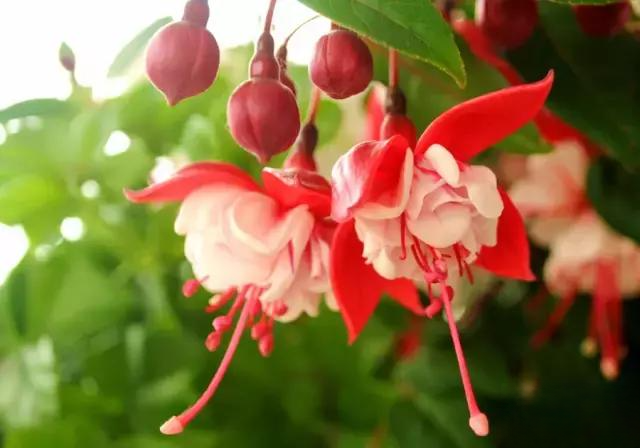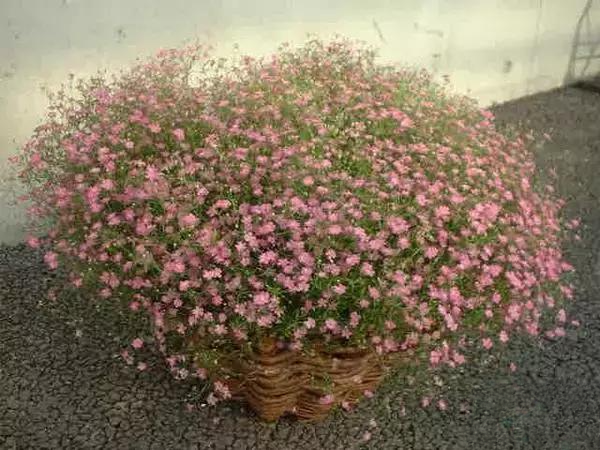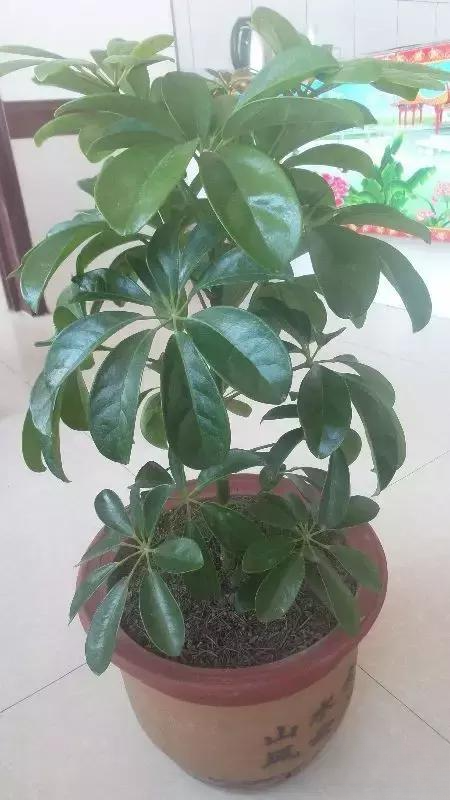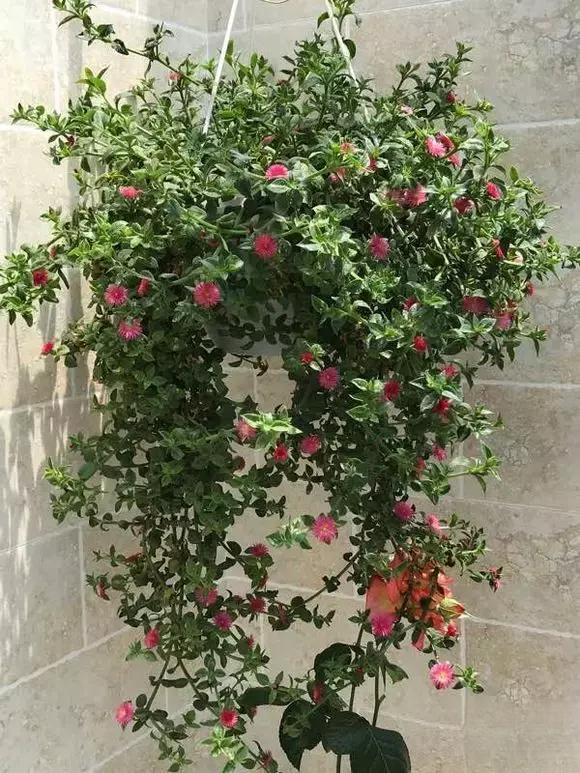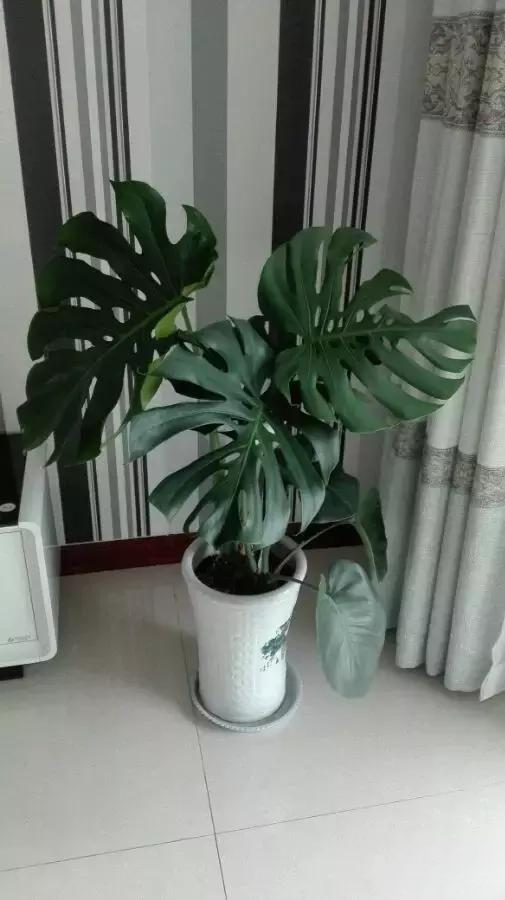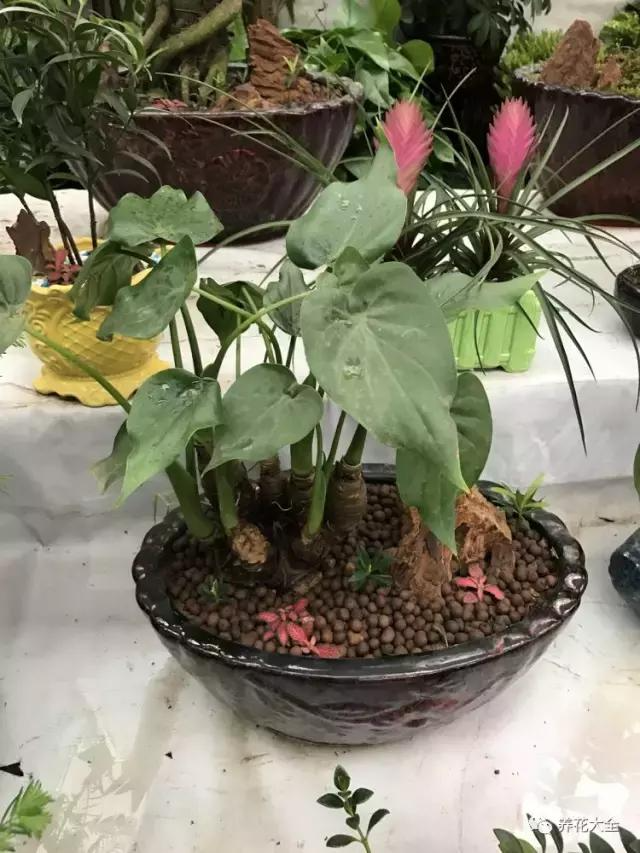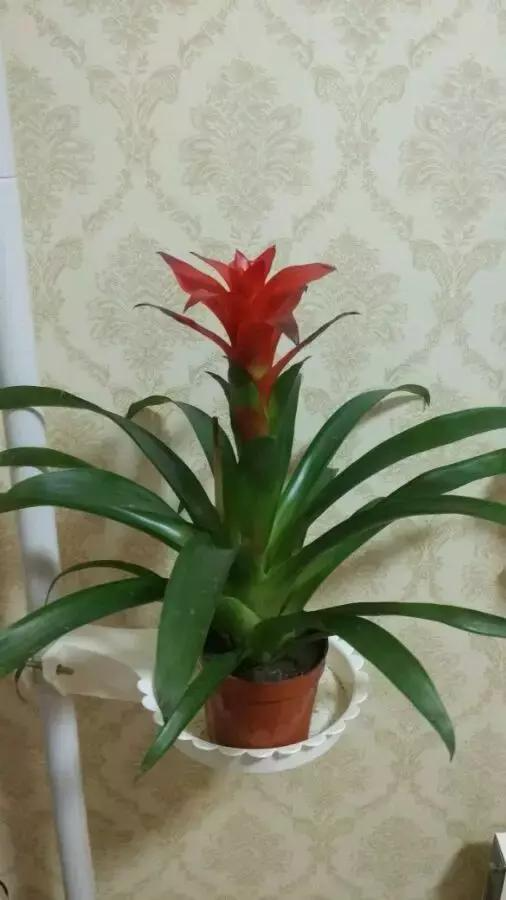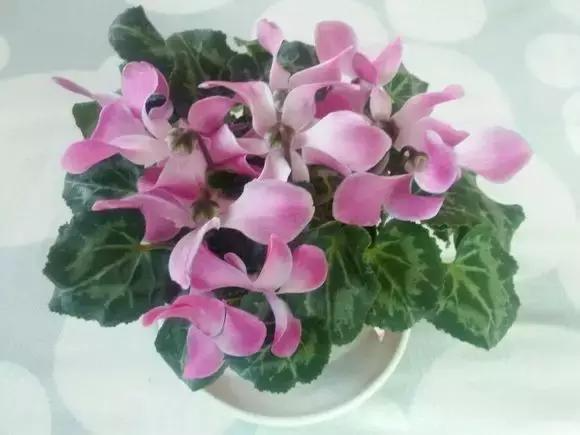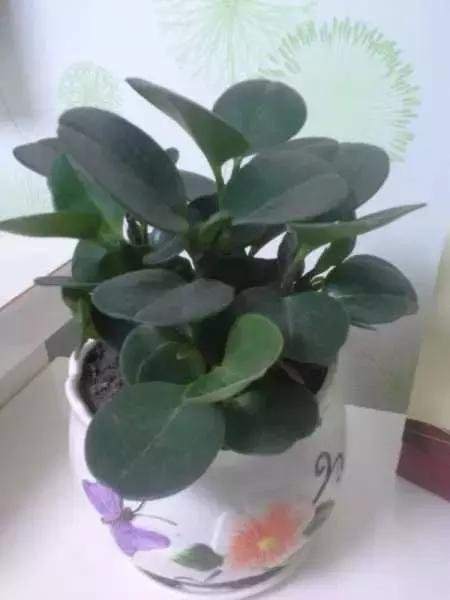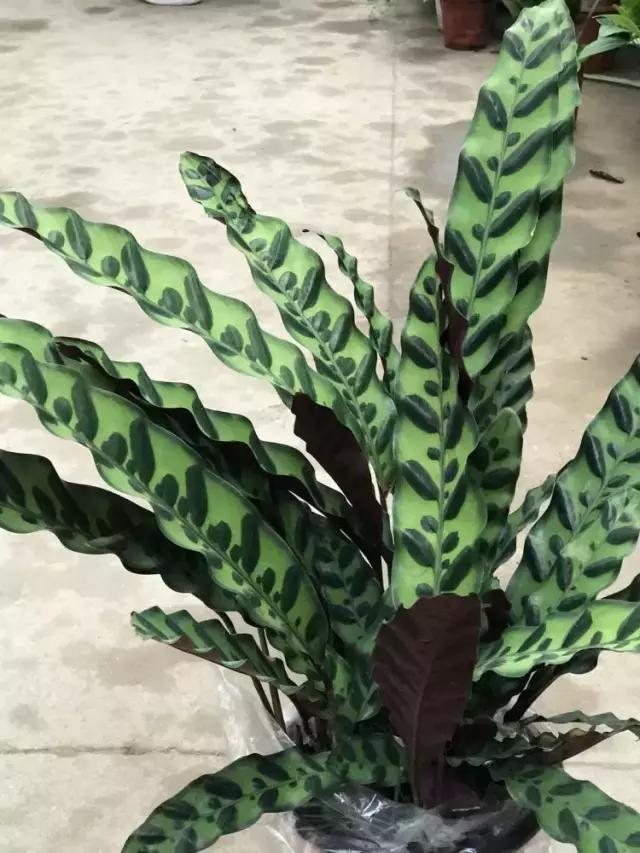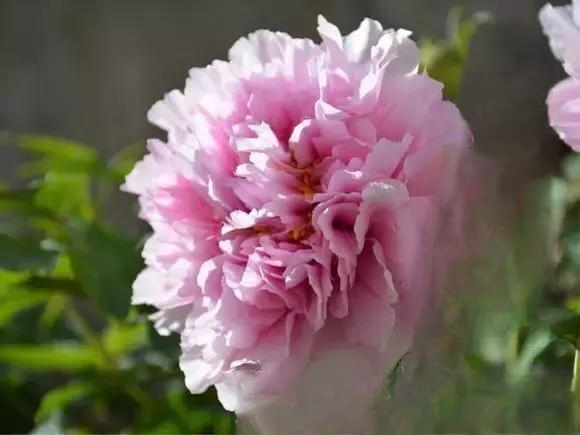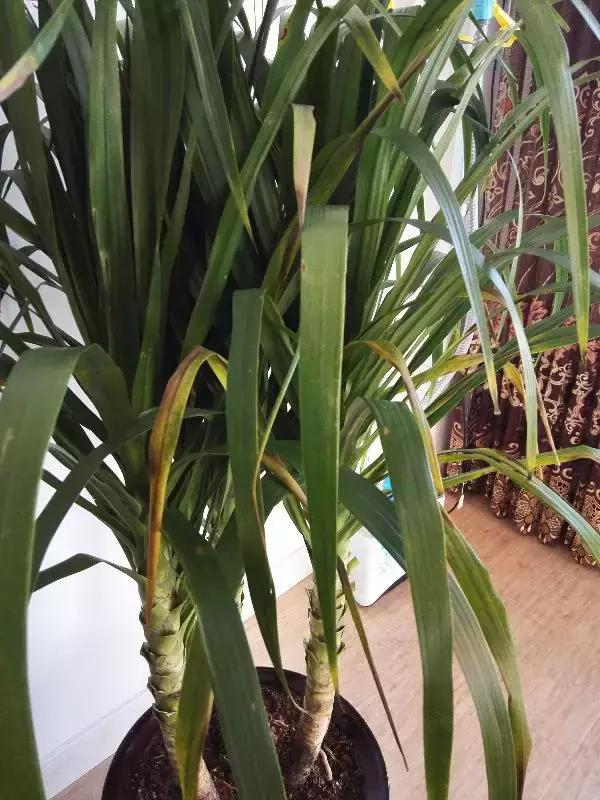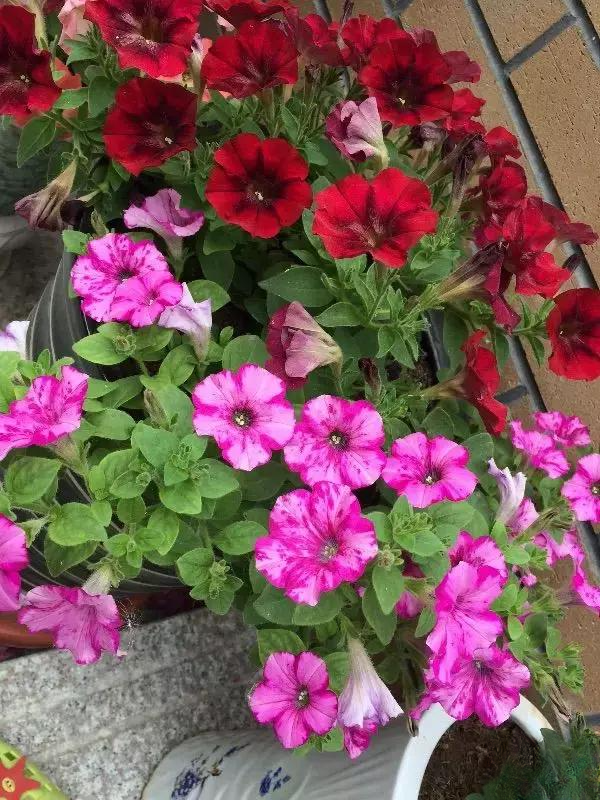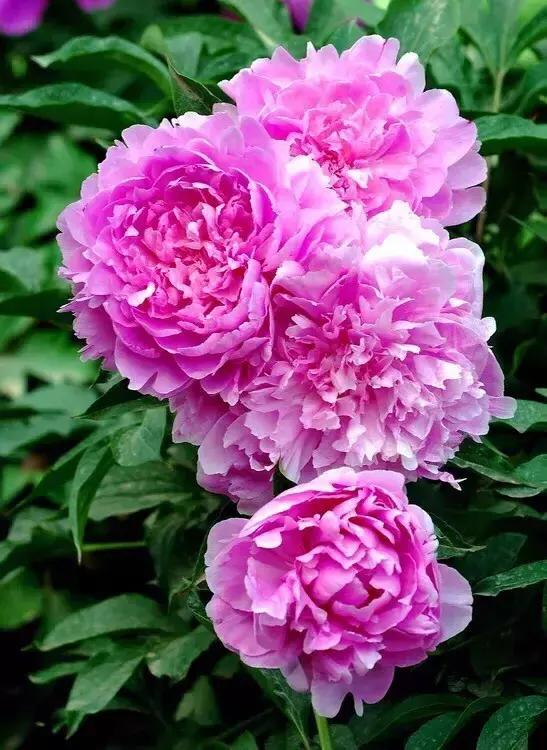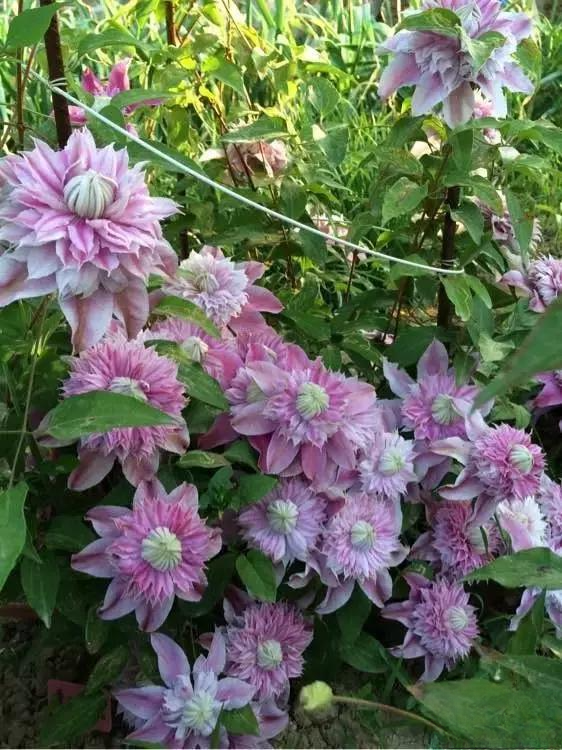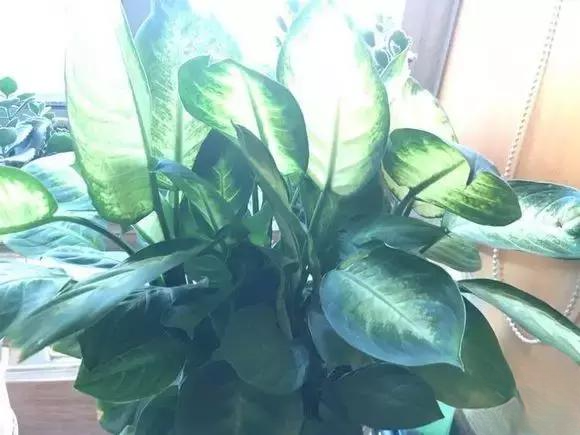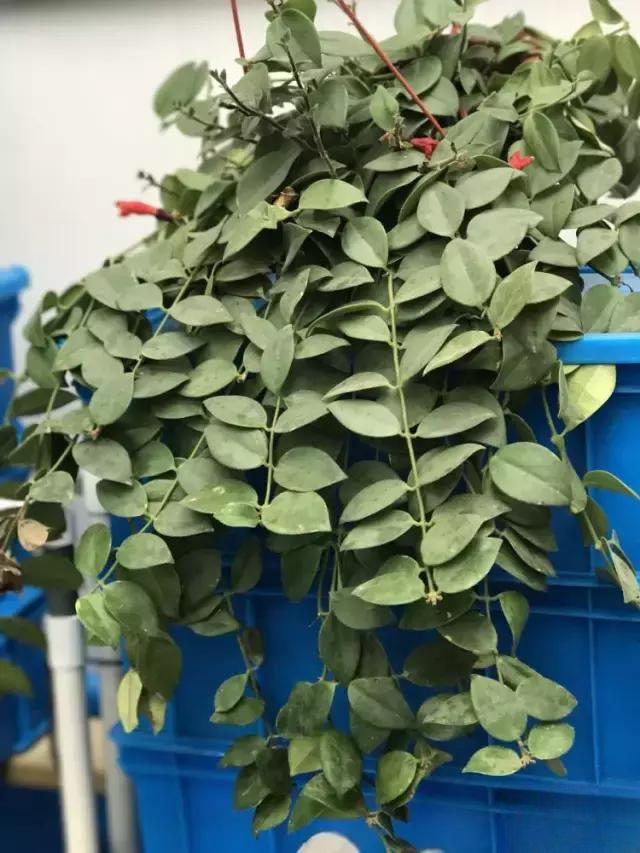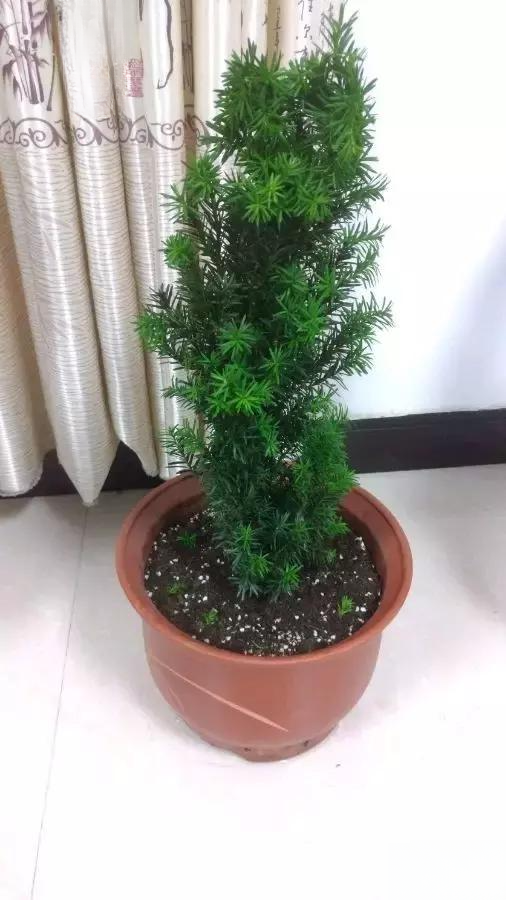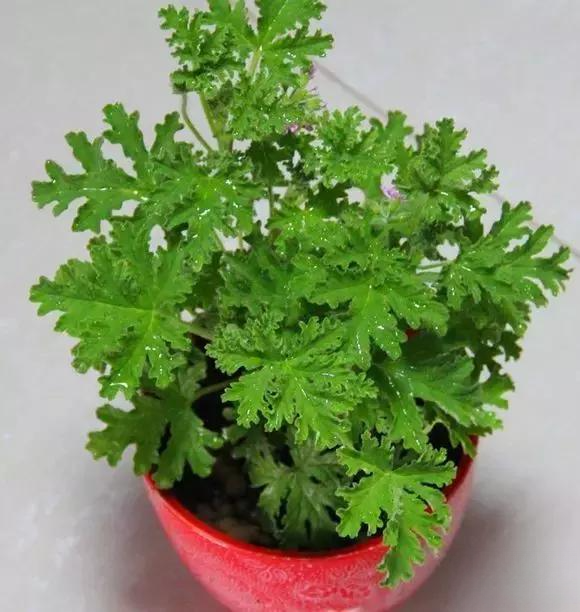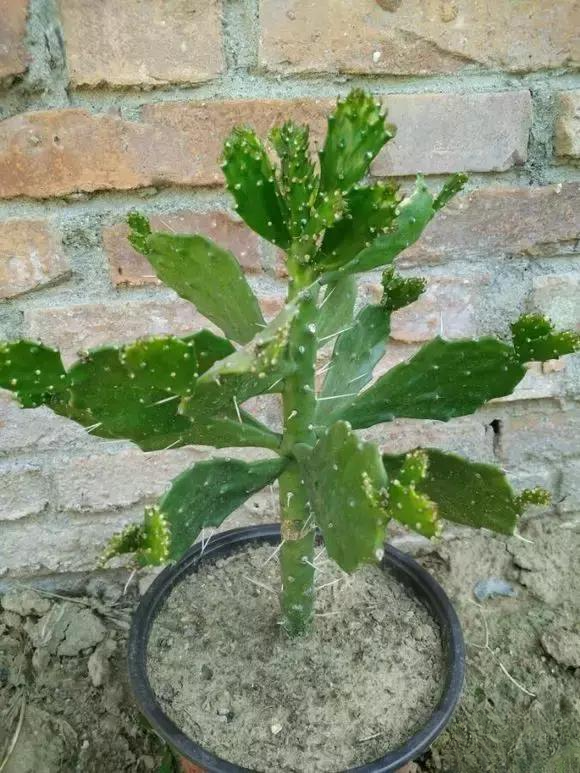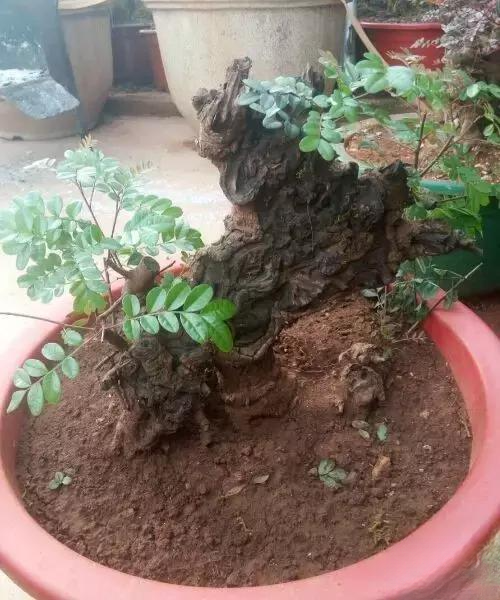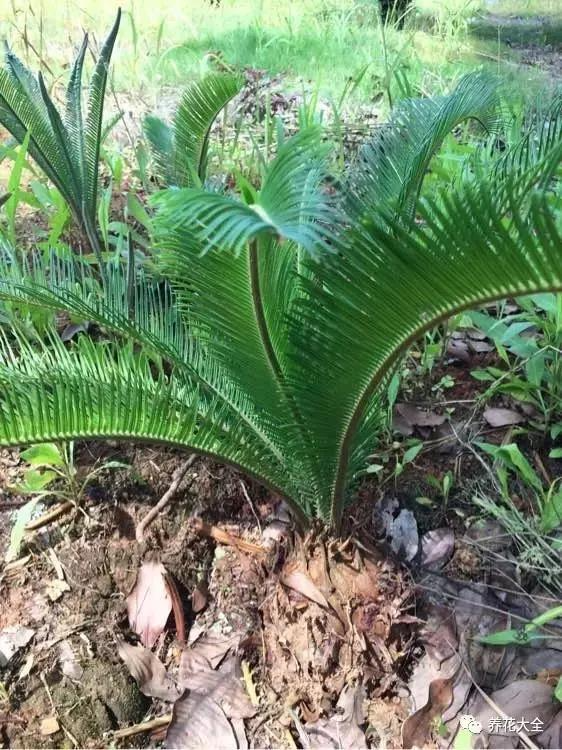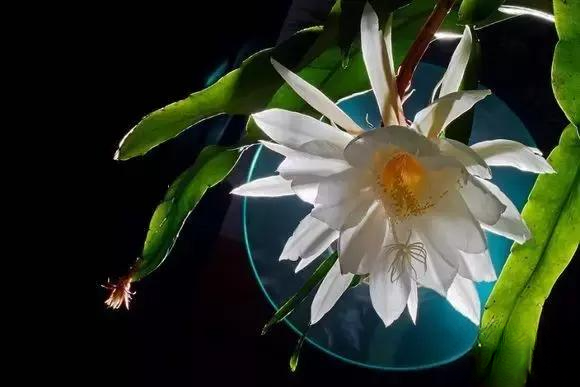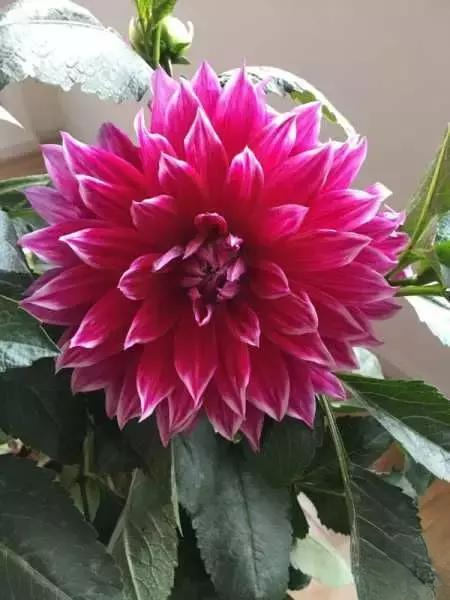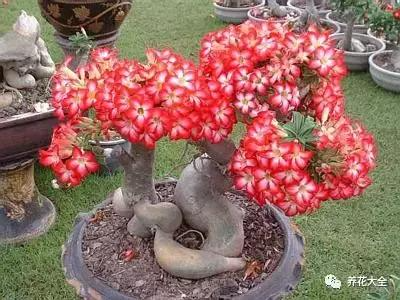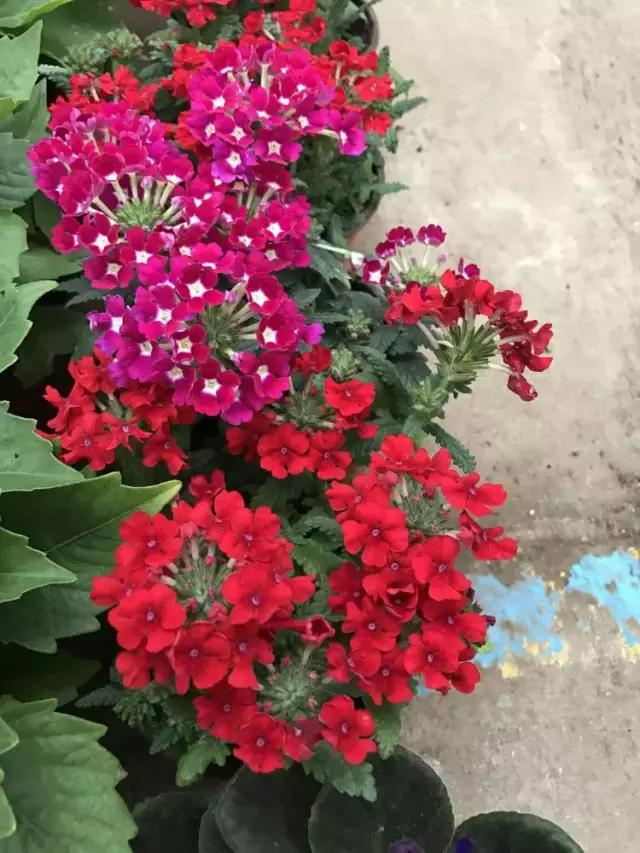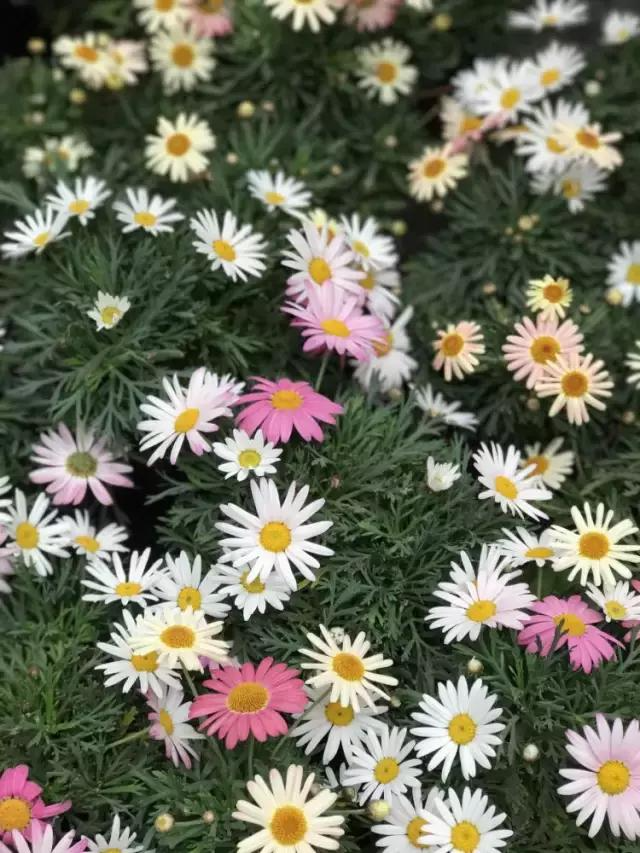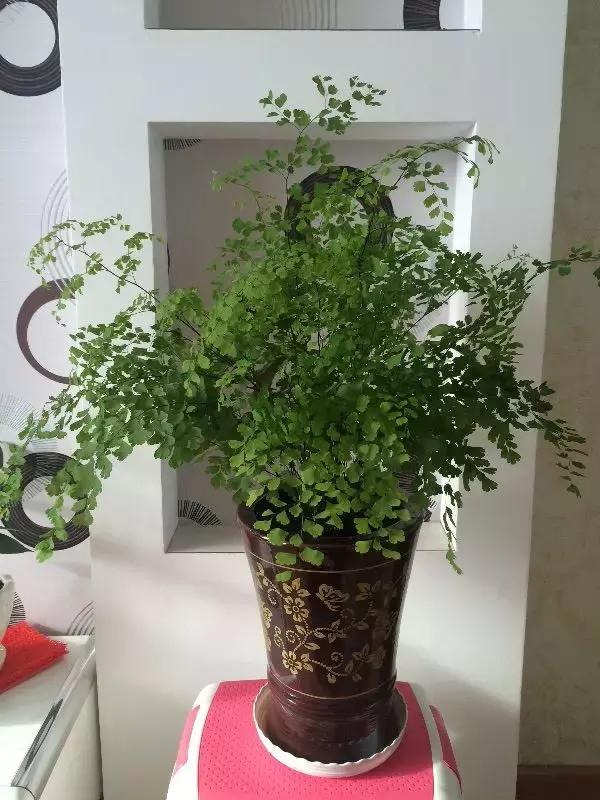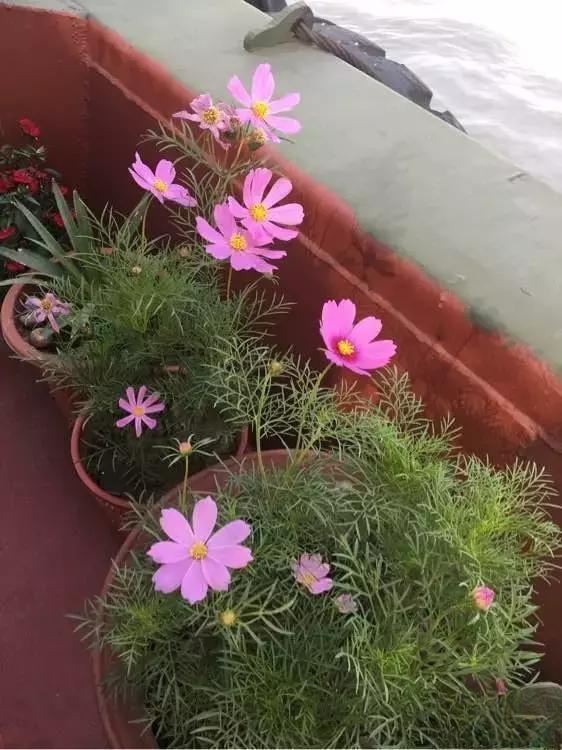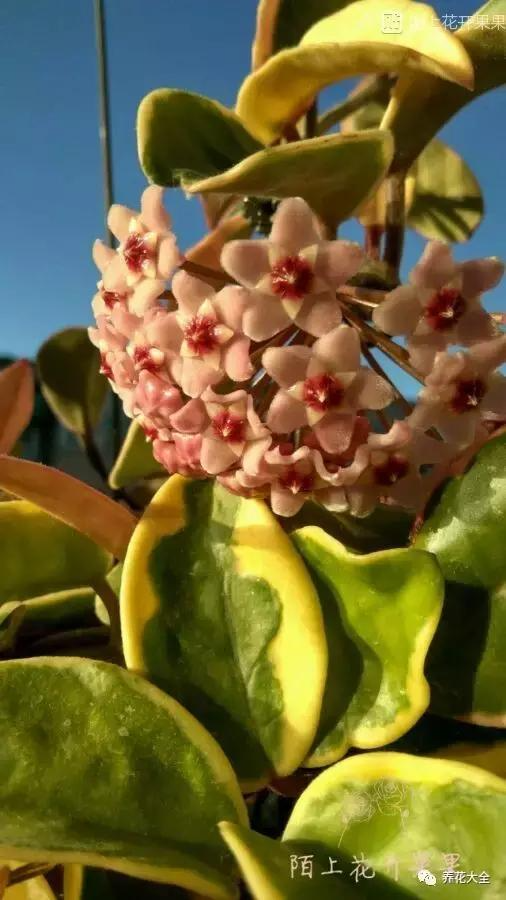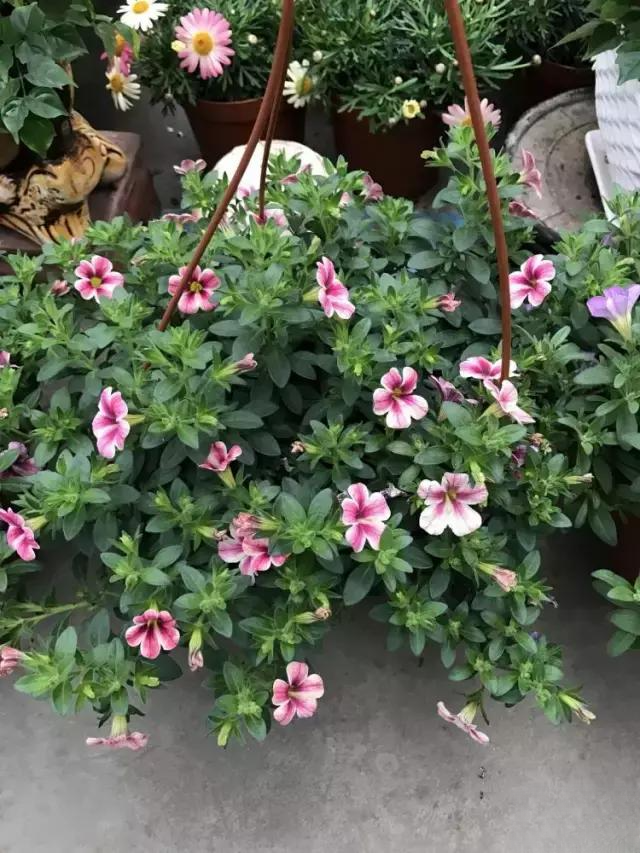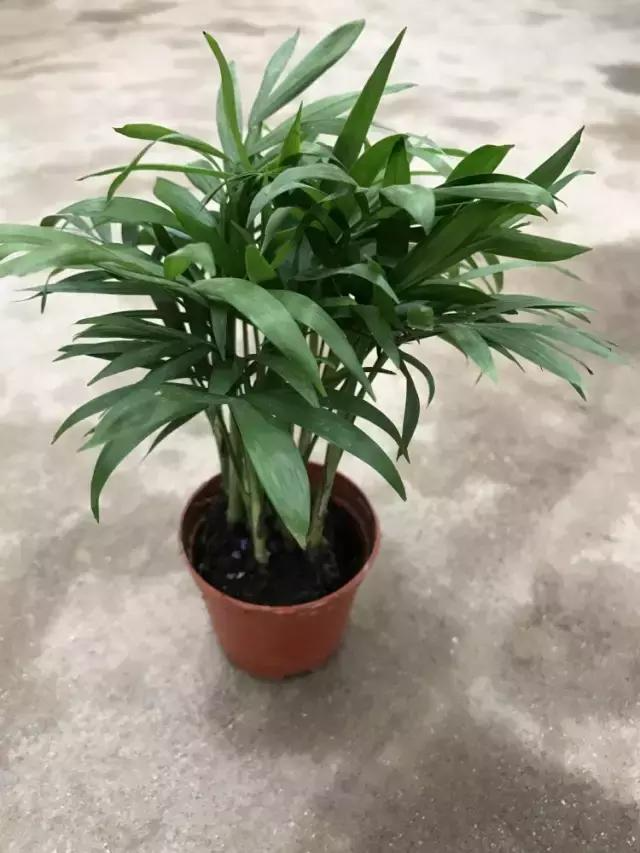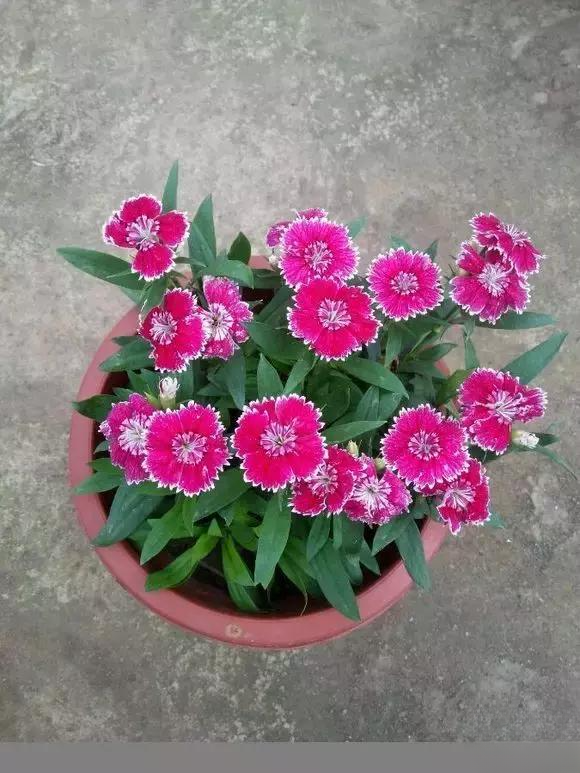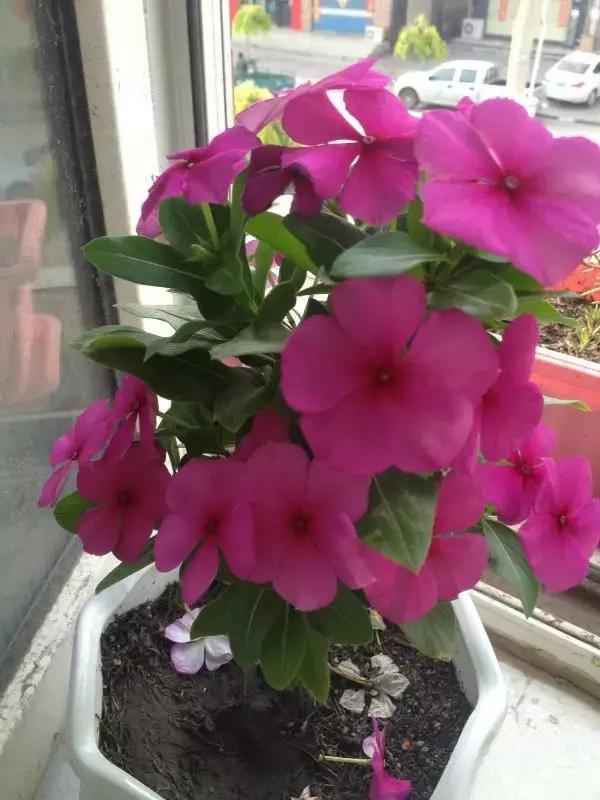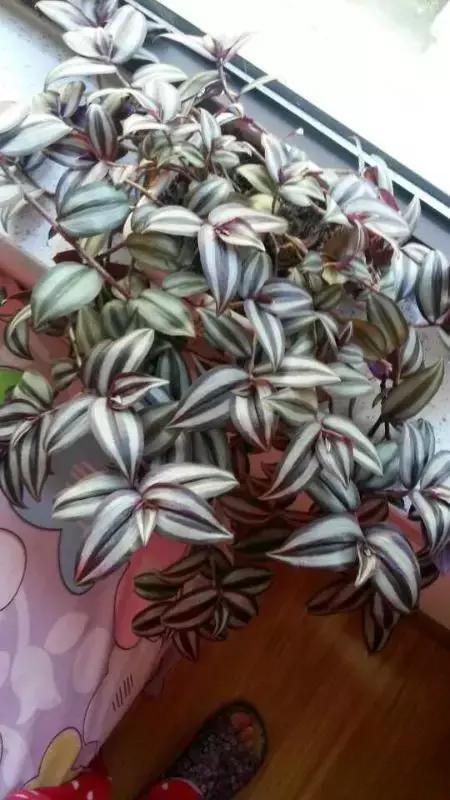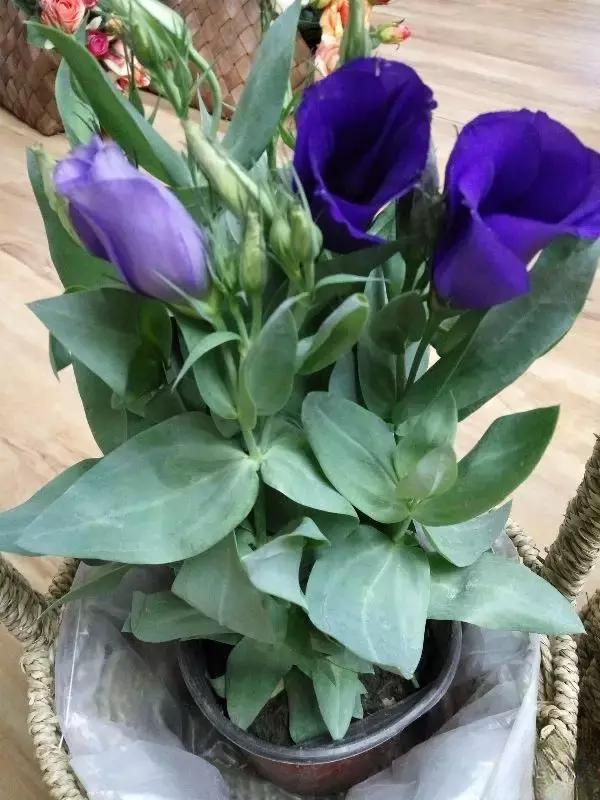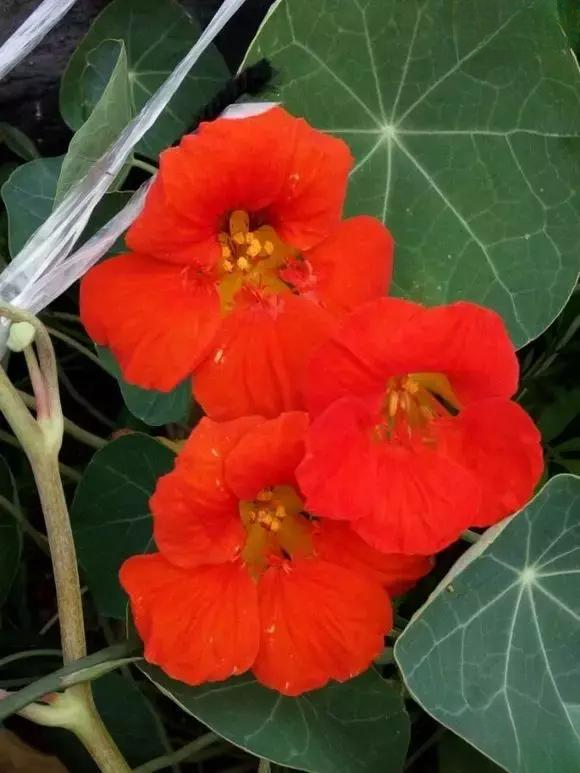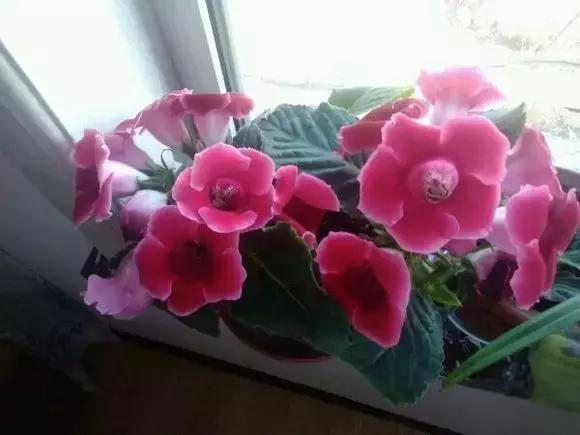[Flower Growing Encyclopedia] 80 Common Flower Fertilization Guide
Many flower lovers have worried about the flowers at home. Why do other people's flowers have lush branches and leaves, large and colorful flowers, while your own flowers have thin leaves and even no flowers? In fact, the main difference lies in fertilization. Today, Huahua has prepared 80 kinds of flower fertilization methods for you. As long as you learn them, your flowers can also be lush and green, making others envious!
Gardenia
Gardenia likes fertilizer very much. When planting gardenia, you can add decomposed bean cake fertilizer to the soil as base fertilizer. During the growth period of gardenia, it needs to be fertilized once a week. Fertilizers can be moldy soybeans, sesame paste residue, peanut bran, etc. After being fully decomposed, they can be watered in a ratio of 1:10. These fertilizers are acidic after fermentation, which is suitable for the growth of gardenia.
2. During the budding period, top dressing is required 1-2 times a month. In addition, you can also spray 0.2% potassium dihydrogen phosphate solution on the leaves of gardenia to make the gardenia larger, more colorful and more fragrant.
2 Rose
Roses like fertilizer, and potted roses need to be fertilized frequently. During the growing season, apply thin fertilizer water about once every 10 days. Fertilizers can be made from well-rotted cow dung, chicken dung, bean cake residue, oil residue, etc., which are fermented with water. In summer, when the temperature is high, roses enter a dormant period and do not need to be fertilized separately. Just add a small amount of fertilizer when watering. In winter, before the dormant period in December, apply well-rotted organic fertilizer to ensure that the roses can safely overwinter.
Before budding in early spring, roses should be fertilized with a high concentration of liquid fertilizer. The best time to fertilize is before flowering in May, after flowering in June, and before the second flowering in October. Topdressing is essential, and more nitrogen-containing fertilizers, such as decomposed animal manure, should be applied. Nitrogen fertilizer should be applied 1-2 times after each flowering to promote plant rejuvenation.
3. Fortune Tree
The money tree likes fertilizer and has a great demand for it. You can choose to mix leaf mold, garden soil, bone residue and bean cake residue as nutrient soil, but it must be fully decomposed before use, otherwise the leaves will easily burn yellow.
(Author: Dandelion 20111 Source: Fortune Tree Bar)
Applying organic fertilizer to the roots once a week can make the fortune tree lush and leafy. Fertilizers can be bean cake fertilizer, decomposed chicken manure fertilizer, etc., and the concentration is preferably about 1:10. When watering, adding some urea and ferrous sulfate can promote the growth of new buds on the fortune tree.
4 Kalanchoe
During the peak growth period of Kalanchoe, apply a thin layer of compound liquid fertilizer about once every 15-20 days. This will allow the Kalanchoe to grow strong and bloom more. In summer, Kalanchoe needs to be dormant and does not need fertilizer.
(Author: My Little Dream Source: Kalanchoe Bar)
In November, after the flower buds are formed, apply 1-2 times of 0.2% potassium dihydrogen phosphate solution or 0.5% superphosphate solution to make the Kalanchoe large and colorful and prolong the flowering period.
(Author: My Little Dream Source: Kalanchoe Bar)
5. Pothos
The main fertilizer for fertilizing green radish is nitrogen fertilizer, supplemented by potassium fertilizer. Before the growth period of green radish in spring, apply ammonium sulfate or 0.3% urea once every 10 days, and use 0.5‰~1‰ urea solution as foliar fertilizer, which can not only meet the growth needs of green radish, but also keep the leaves green.
In the winter in the north, the green radish is in a dormant period, so fertilization should be reduced or stopped. Before winter, liquid inorganic fertilizer can be applied, about once every half a month. After winter, the main method is to spray foliar fertilizer, using the pores of the green radish to absorb fertilizer.
6 Clivia
When repotting Clivia, put some charcoal and broken bricks at the bottom of the pot, and bury three horseshoes. You can also use roasted sesame seeds, melon seeds and other oil crops as base fertilizer. Then place it in a ventilated and diffused light place, and apply thin liquid fertilizer about once every half a month.
Normally, you can apply decomposed bean cake fertilizer or decomposed liquid fertilizer such as animal hair and horns, which can be diluted about 20-30 times before use to promote leaf growth. It is suitable to apply phosphorus and potassium fertilizers before flowering in winter and spring. You can use fish bones, chicken bones, hemp seeds, etc. to make them retting, which can promote the growth of flowers. Stop fertilizing when the weather is hot.
7 Asparagus fern
During the growth period, it is necessary to apply 1-2 times a month of thin liquid fertilizer containing nitrogen, such as decomposed bean cake fertilizer and Chinese medicine residue, to promote the luxuriant branches and leaves of asparagus fern. Do not apply too much fertilizer during the flowering period, and apply liquid fertilizer twice in May-June and September-October respectively.
8. Chlorophytum
During the growth period, apply thin liquid fertilizer every 10-15 days, mainly nitrogen fertilizer. You can use egg shells, bone meal, bean dregs and other organic fertilizers, and then use them after they are fully fermented. For varieties such as golden-edged spider plants and silver-edged spider plants, less nitrogen fertilizer should be applied, otherwise the leaves will fade easily.
When fertilizing the spider plant, lift up the leaves to prevent the fertilizer from getting on the leaves and burning them. After fertilizing, it is best to spray the leaves with clean water to prevent the fertilizer from splashing.
9. Mint
Mint does not require much fertilizer, and it only needs to be fertilized once every 20-30 days. Fertilizers can be chosen from decomposed bean cake fertilizer, Chinese medicine residue, or bone residue, etc.
(Author: Langlanglanglang you gelang Source: Mint Bar)
10. Copper Coin Grass
The demand for fertilizer of copper coin grass is relatively large, and it needs to be fertilized once every 2-3 weeks during its vigorous growth period. If it is planted in a container, the amount of fertilizer needs to be reduced. For example, quick-acting fertilizer Huabao No. 2 can maintain the fertilizer effect in the water for a longer time and keep the water quality slightly acidic.
If it is a hydroponic pennywort, you can also add nutrient solution into the hydroponic bottle, or directly use rice water to water the flowers, which can also make the pennywort grow vigorously.
11. Aloe Vera
1. The base fertilizer is generally mixed with the potting soil in a ratio of 1:10. After stirring, it is used as the nutrient soil needed by aloe vera. The base fertilizer can be moldy peanuts and soybeans that have been fully decomposed. The fertilizer must be fully decomposed, otherwise it is easy to burn the roots.
2. In spring and autumn, aloe vera grows fast, so you can apply organic fertilizer 1-2 times a month, such as decomposed chicken manure fertilizer or bean cake fertilizer, with a concentration of 1:10. In winter, the growth is slow, so you can apply fertilizer once every 30 days. When spraying foliar fertilizer on aloe vera, the fertilizer concentration should not exceed 0.2%
12. Lucky Tree
During the growing period, quick-acting liquid fertilizer can be applied 2-3 times a month. The liquid fertilizer can be fermented with decomposed bean cake fertilizer, or you can bury a few slow-release fertilizer, compound fertilizer granules, etc. in the pot each time.
After the Mid-Autumn Festival, apply 0.2% potassium dihydrogen phosphate solution 2-3 times. This can increase the cold resistance of the lucky tree and help it survive the winter safely. Stop fertilizing when the temperature is high in summer.
13 Bougainvillea
Starting from May, bougainvillea needs to be fertilized every 15 days. The fertilizer can be 10% to 15% decomposed bean cake liquid fertilizer to promote the development of bud tips.
In July and August, the weather is hot, the evaporation is large, and the consumption is high. You can apply 10% liquid fertilizer or a small amount of compound liquid fertilizer every 10-15 days. After September, apply less nitrogen fertilizer and more 0.2% potassium dihydrogen phosphate solution to promote the flower buds to open better.
14 Jasmine
Potted jasmine mainly uses organic fertilizer, preferably decomposed human feces and urine, or human feces and urine mixed with chicken manure, pig manure, bean cake, etc. to make organic fertilizer. The best time to apply fertilizer is when the pot soil just turns white and the soil around the pot wall has dry cracks.
During the peak growth period, fertilizer can be applied every 3-5 days. After that, the fertilizer concentration can be gradually reduced with each flowering. Before flowering, jasmine can be sprayed with 0.2% potassium dihydrogen phosphate to make the jasmine more fragrant.
15 Tiger Pilan
1. It is best to use compound fertilizer as the main fertilizer for tiger skin orchid, 1-2 times a month. If the fertilizer is uneven, it is easy to cause its leaf stripes to become lighter. You can also bury 2 holes of cooked soybeans 5 cm away from the surface of the pot soil, 5-7 beans in each hole, and do not let the soybeans come into contact with the root system.
2. You can put bean cake or sesame cake in a plastic bucket, add rice water and ferment it to make liquid fertilizer suitable for the growth of tiger skin orchid. However, tiger skin orchid does not like concentrated fertilizer, so it needs to be diluted to about 1:20 before use.
16 Lucky Bamboo
For hydroponic lucky bamboo, fertilize it about once every 30 days. You can use compound fertilizer, or you can add an appropriate amount of nutrient solution into the bottle, which can promote the leaves of the lucky bamboo to be shiny and stretch.
17 Schlumbergera
Christmas cactus cannot use chemical fertilizers, which can easily cause flowers and buds to fall off. It is best to use self-fermented liquid fertilizer, which can be made by adding water to bone residue, Chinese medicine residue, etc. and sealing it. From the beginning of autumn to the flowering period, you can apply fertilizer once every 10 days or so to promote the differentiation of flower buds and form buds.
18 Orchid
In spring and autumn, when orchids are growing vigorously, you can apply decomposed alum fertilizer water once every 7 days or so. Fertilization should be done on sunny days. Do not apply fertilizer when it is hot in summer or cold in winter.
During the vigorous growth period, spray foliar fertilizer once every 15 days or so. You can buy special foliar fertilizer for orchids. If you find that the leaves of orchids are shiny, then there is no lack of fertilizer and no need to apply fertilizer. Fertilize when the leaves are dull.
19 Anthurium
There is a layer of wax on the leaves of anthurium, and it is not easy to absorb the foliar fertilizer, so you should choose to fertilize it by root irrigation. Generally, apply thin liquid fertilizer every 4-7 days. In summer, the temperature is high and the evaporation is large, so you can apply liquid fertilizer every 3-5 days. Two hours after fertilizing, it is best to spray water on the leaves to wash off the fertilizer remaining on the leaves, keep the leaves clean, and reduce bacterial infection.
20 Milan
Milan likes fertilizer and can be fertilized 1-2 times a month. The fertilizers are mainly organic fertilizers and phosphorus and potassium fertilizers. You can use fully decomposed peanut cake fertilizer and water at a ratio of 1:50 to water it, or you can spray 0.2% potassium dihydrogen phosphate solution on the leaves to increase phosphorus and potassium fertilizers.
Fertilizers must be applied when the soil in the pot is slightly dry, so that the fertilizer can be easily absorbed. Fertilizer application is generally done in the evening, and water thoroughly the next morning to prevent excessive fertilizer concentration from burning the roots. Fertilizer application must be done on sunny days, and not on rainy days.
21 Rose
Potted roses have strict requirements for fertilizers, and compound fertilizer is generally the first choice. Because the nitrogen, phosphorus and potassium in compound fertilizer are evenly distributed. About 20 grams per rose can be applied each time. When fertilizing, dig about 10 cm around the pot soil, bury the fertilizer, and then cover it with soil.
22 Smooth Sailing
During the growth period, liquid fertilizer can be applied once every 1-2 weeks. Compound fertilizer and fully decomposed bone residue fertilizer are both fine. Fertilization should be stopped in winter when the temperature is low. Before flowering, more phosphorus and potassium fertilizers should be applied. You can spray 0.2% potassium dihydrogen phosphate solution on the leaves, about once every half a month.
23 Lily
Lilies do not need to be fertilized within 3-4 weeks after planting. Fertilization can only be started when the bulbs germinate and the plants reach 20-30 cm above the ground. Lilies have a large demand for nitrogen and potassium fertilizers. Nitrogen fertilizers can be applied every 10-15 days during the growth period. Because too much phosphorus fertilizer will cause the leaves to turn yellow, only 0.2% potassium dihydrogen phosphate solution is applied 1-2 times during the flowering period.
24 Peace Tree
From spring to early autumn, the peace lily can be fertilized with a thin layer of cake fertilizer water once a month. After autumn, it should be topdressed with phosphorus-containing fertilizers twice, such as potassium dihydrogen phosphate. In winter, the peace lily enters a dormant period, and fertilization should be stopped to prevent root damage.
25 Money Tree
During the growth period of the money tree, fertilizer can be applied once every 10 days or so. It is recommended to use water-soluble fertilizers. You can use decomposed Chinese medicine residues, bean dregs, etc. and dilute them 50 times with water before use.
26 Geranium
In spring and autumn, fertilizer can be applied once every 10 days. Fertilizers can be decomposed human feces and bean cake fertilizers. The fertilizer-water ratio is 1:50. From the formation of buds to flowering, 0.2% potassium dihydrogen phosphate solution can be applied 2-3 times in about 7 days to promote large and colorful flowers. July and August are the dormant period of geraniums, and no fertilizer is needed.
27 Rubber Tree
Rubber trees grow quickly. Applying nitrogen-containing fertilizers about 2-3 times a month can promote vigorous growth of the plant. Some varieties with colorful stripes should use less nitrogen fertilizer and more phosphorus and potassium fertilizers, otherwise the stripes will gradually disappear. In September, only phosphorus and potassium fertilizers should be applied, without nitrogen fertilizers, to improve the plant's ability to resist cold. Fertilization should be stopped during the winter dormancy period.
28 Hydrangea
Hydrangeas like fertilizer. During the growing season, you can apply fully decomposed thin cake fertilizer water every 15 days. In order to keep the soil acidic, you can add 1% ferrous sulfate to the fertilizer. When applying fertilizer, avoid high temperature weather, otherwise it will attract pests and damage the root system.
Regularly watering hydrangeas with alum fertilizer can make the plants lush and leafy. Applying 0.2% potassium dihydrogen phosphate solution 1-2 times during the bud formation period can make the hydrangeas larger and more colorful.
29 Azalea
During the peak growth period in spring and autumn, azaleas can be fertilized with a thin liquid fertilizer every 10 days or so. It can be made from fermented rice water, fruit peels, tea leaves, etc., with a concentration of 1:10. After flowering in May, as new buds sprout, the fertilizer concentration can be increased.
(Author: Duqiao Pu'antouren Source: Azalea Bar)
The humidity in autumn is suitable for the growth of rhododendrons, so some phosphorus and potassium fertilizers need to be added. It can be made by mixing chicken and fish offal and rice washing water and sealing and fermenting it. The hot summer weather and cold winter weather are not suitable for fertilization.
(Author: Ancient Tree Photo Source: Azalea Bar)
30 Rose
Roses like fertilizer, and the base fertilizer is mainly organic fertilizer. You can use decomposed cow dung, chicken dung, bean cake, oil residue, etc. as base fertilizer. During the vigorous growth period, you can apply nitrogen-containing decomposed liquid fertilizer 1-2 times a month to promote luxuriant branches and leaves; apply 0.2% potassium dihydrogen phosphate solution 2-3 times before flowering in April and May to promote more rose buds and more flowering. Nitrogen-containing fertilizer can be applied again after flowering.
(Author: Love that colorful source: Rose Bar)
31 Ivy
During the growth period, a thin layer of cake fertilizer water should be applied every 15 days or so. You can also spray 0.2% potassium dihydrogen phosphate solution on the leaves to make the leaves look better. When applying fertilizer, do not let it get on the leaves, otherwise it will easily cause the leaves to dry out.
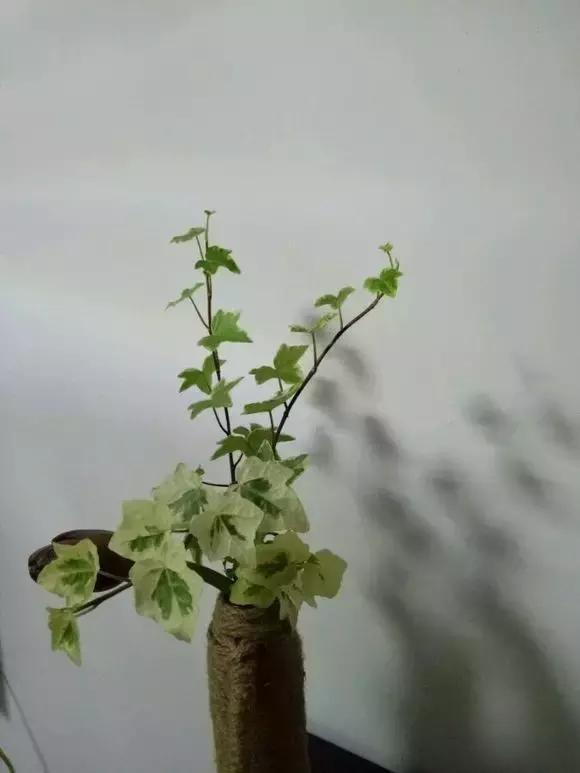
(Author: weedsx Source: Ivy Bar)
32 Phalaenopsis
During the growth period of Phalaenopsis, you can apply compound fertilizer with a nitrogen, phosphorus and potassium ratio of 1:1:1 once a month. Starting in August, apply thin liquid fertilizer once every 15 days. Starting in September, add 0.2% potassium dihydrogen phosphate solution for root irrigation to enable Phalaenopsis to form flower buds and promote more flowering.
(Author: daqiaozhongxin Source: Phalaenopsis Bar)
33 Osmanthus
Potted osmanthus should be fertilized frequently with thin fertilizers. Fermented bean cake fertilizer, human and animal feces and urine, sesame cake, etc. can be used after fermentation, and the water ratio is about 1:50. It is best to fertilize in the evening, and continue to water after fertilizing. Do not fertilize at noon in summer, which is easy to burn the roots.
(Author: Cangshan Laowang Osmanthus Source: Osmanthus Bar)
34 Begonia
In the spring and autumn growing season, you can apply fermented bean cake water, rapeseed cake water or livestock manure water once every 15 days. In summer and winter, try to stop fertilizing to avoid rot caused by low heat and cold resistance of stems and leaves.
(Author: Yanghua345 Source: Four Seasons Begonia Bar)
35 Camellia
From early spring to before flowering, camellia can be fertilized with a mixture of nitrogen and phosphorus liquid fertilizer, about 1-2 times a month to prevent bud drop. From September to October, you can apply dilute high-phosphorus fertilizer, such as decomposed chicken manure, to achieve the purpose of strong buds. Camellia should be dormant in winter and fertilization should be stopped.
36 bowls of lotus
Lotus likes fertilizer, but cannot tolerate heavy fertilizer. Generally, adding a small amount of cake fertilizer powder into the culture soil as base fertilizer during planting can meet its needs throughout the year, and no additional fertilizer is needed. In order to extend the flowering period, you can use a peach-pit-sized amount of decomposed cake fertilizer powder as top dressing in summer and stuff it directly into the pond mud.
(Author: Lingxue Coffee Source: Wanlian Bar)
37 Honeysuckle
In winter, bury some well-rotted dry chicken manure, bean cake fertilizer or compound fertilizer in the soil of honeysuckle as a base fertilizer for the year. After the buds appear, spray 1-2 times with 0.2% potassium dihydrogen phosphate solution. If you want to pick the flowers for drinking, don't spray.
After flowering, it is necessary to apply liquid fertilizer with a higher concentration. You can cook bean dregs and moldy beans, put them in a bottle and ferment them fully, then add water and use it at a concentration of 1:10.
38 Amaryllis
Amaryllis likes fertilizer, and some superphosphate can be added to the base fertilizer. During the growth period, thin liquid fertilizer can be applied once every half a month. The fertilizer can be made from decomposed bean cake fertilizer, bone residue, Chinese medicine residue, etc. Stop fertilizing during the flowering period, and continue fertilizing after the flowering period, mainly using phosphorus and potassium fertilizers, and reduce the content of nitrogen fertilizers.
39 Fuchsia
Fuchsia grows very fast and blooms more frequently, so it needs to be fertilized frequently during the growth period. Apply fully decomposed bean cake fertilizer or compound fertilizer once every 10 days. Keep the soil dry before fertilizing. After fertilizing, spray water again with a fine spray nozzle to prevent the leaves from being contaminated with fertilizer and causing rot.
40 Gypsophila
Gypsophila grows fast and can easily fill the pot, and it consumes nutrients quickly, so apply thin liquid fertilizer or compound fertilizer about once every 7-10 days, and water thoroughly after fertilizing.
41 Schefflera
During the growth period of Schefflera, you can apply decomposed nitrogen fertilizer once a week. Variegated varieties need less nitrogen fertilizer, because too much nitrogen fertilizer will gradually turn the patches green. From April to September, you should apply thin liquid fertilizer once a month to ensure the normal growth of Schefflera. If you don't apply enough fertilizer, the leaves will fall off.
42 Chlorophytum comosum
March to September is the peak growth period for Chlorophytum comosum. You can apply thin organic liquid fertilizer every 7-10 days. Decomposed bean cake fertilizer, rice washing water, and compound fertilizer are all fine. During the flowering period, you can apply phosphorus-containing fertilizer 1-2 times a month, such as bone meal and various phosphorus fertilizers made from fermented eggshells. If there is too much nitrogen fertilizer, the color of the leaves will become lighter. If the ratio of nitrogen, phosphorus and potassium is not well controlled, you can directly use compound fertilizer.
(Author: A Woman Who Loves Jasmine Source: Chlorophytum Bar)
43 Monstera
Monstera likes fertilizer. During the vigorous growth period from April to September, you can apply thin cake fertilizer water once every 15 days, or you can use liquid fertilizer made from animal feces. The roots of Monstera are relatively tender, so you must not apply raw fertilizer or concentrated fertilizer to avoid burning the roots.
(Author: www19790709 Source: Monstera Bar)
44 Dripping Water Guanyin
The weeping angel likes fertilizer. Apply decomposed bean cake liquid fertilizer or compound fertilizer about once every 15-20 days. Apply 2% ferrous sulfate solution once every 20 days or so to make the leaves of the weeping angel bigger and greener. Spray the whole plant with 2% paclobutrazol solution to make the leaves thicker.
45 Good Luck
The lucky charm plant blooms in winter. Usually, a thin liquid fertilizer is applied every two weeks, such as bean cake fertilizer or decomposed fertilizer from sesame paste residue. It can also be watered with fermented rice water, which can make the plant have large and colorful flowers.
(Author: Embroidery Your Dad Source: Good Luck Dangtou Bar)
46 Cyclamen
During the growing season, cyclamen should be fertilized with decomposed bean cake fertilizer every 7-10 days. When the flower stalks emerge but have not yet opened, apply bone meal fertilizer or 0.2% potassium dihydrogen phosphate solution. Apply nitrogen fertilizer after the flowers fade, and stop fertilizing during the summer dormancy period.
(Author: Xiaoxi 1685 Source: Xiankelai Bar)
47. Chinese evergreen
Chinese evergreen likes fertilizer. During the growing period, you can apply decomposed bean cake fertilizer once every 15 days. When the temperature is above 30℃, apply less fertilizer. Use diluted liquid fertilizer instead of clean water for irrigation. You can also spray liquid fertilizer on the leaves for fertilization, which is also very effective.
48 Arrowroot
The main fertilizer for arrowroot is nitrogen fertilizer. During the vigorous growth period, you can apply decomposed peanut bran liquid fertilizer or compound fertilizer every two weeks. You can also spray a solution mixed with 0.1% urea and 0.2% potassium dihydrogen phosphate on the arrowroot leaves. It is best to use a fine-hole spray when spraying, and spray both sides of the leaves.
49 Peony
The basal fertilizer for peony must be sufficient. You can use decomposed cake fertilizer or animal manure fertilizer as basal fertilizer, usually 3 times a year. Before flowering in late April, you should apply more phosphorus fertilizers. You can use fish bones, chicken bones, etc. to make phosphorus fertilizers, or you can directly use 0.2% potassium dihydrogen phosphate solution to irrigate the roots; apply decomposed liquid fertilizer 1-2 times half a month after flowering.
(Author: Hui Tailang Source: Mudan Bar)
50Dracaena dracaena
During the growth period of the Brazilian wood, you can bury the base fertilizer in the flowerpot. The base fertilizer can be decomposed organic fertilizer or compound fertilizer. Then apply decomposed liquid fertilizer or organic fertilizer every 15-20 days to ensure the lush growth of branches and leaves. The fertilization period is from May to September every year, and it is not suitable to fertilize at other times.
51 Petunia
When planting petunias, the base fertilizer should be sufficient. You can use peat soil, coconut bran, slow-release fertilizer, and decomposed chicken manure as the base fertilizer for planting petunias. During the growth period, you can apply nitrogen fertilizers such as urea 2-3 times a month. Before flowering, you need to apply more 0.2% potassium dihydrogen phosphate solution to make the flowers bloom more vigorously. If the petunias have small flowers, it means that not enough phosphorus fertilizers were applied.
52 Peony
After planting peony, no fertilizer is needed. Fertilizer is needed four times in the second and third years. The first time is in March, the second and third times are in May-July, and the fourth time is in November-December. Each time you apply fertilizer, dig a small hole next to the plant, bury the fertilizer and then cover it with soil to prevent fertilizer loss. Fertilizers can be compound fertilizers and decomposed organic fertilizers.
(Author: Zhou Jianxiang from Changshu Source: Peony Bar)
53 Clematis
There are many varieties of clematis, some of which are not tolerant to fertilizer, such as long-petal and evergreen varieties. When caring for them, you must use less fertilizer. When clematis is in the seedling stage, only use root-promoting slow-release fertilizer, and do not apply heavy fertilizer. Winter is the best time to fertilize clematis. You need to add some organic fertilizer and bone meal to the soil to promote root growth.
(Author: The man who grows flowers on the road Source: Clematis Bar)
The temperature is relatively high in spring and autumn, so you can use decomposed liquid fertilizer to water or spray it on the leaves, 2-3 times a month. Stop fertilizing in the hot summer weather.
(Author: The man who grows flowers on the road Source: Clematis Bar)
54. Dieffenbachia
During the growth period of evergreen, you can apply decomposed liquid fertilizer every 20 days or so. During the vigorous growth period in early summer, you can apply liquid fertilizer about once every 10 days. Adding a small amount of 0.5% ammonium sulfate solution when fertilizing can make the leaves more shiny. During the flowering period from June to July, apply 0.2% potassium dihydrogen phosphate solution every 15 days or so to promote flower bud differentiation.
(Author: zyl乐乐fly Source: Evergreen Bar)
55 Goldfish Chlorophytum
During the growing season, apply thin liquid fertilizer once every 1-2 weeks to help it grow vigorously. Before it blooms, apply 0.2% potassium dihydrogen phosphate solution to help it produce more buds and flowers, thus enhancing its ornamental effect.
56 Yew
Do not apply concentrated fertilizer or raw fertilizer to yew potted plants. During the growing season, you can spray 0.2% potassium dihydrogen phosphate solution on the leaves every 7-10 days. During the winter dormancy period, the growth stagnates and the temperature is too low to absorb the fertilizer, so no fertilization is needed.
(Author: MSF197223 Source: Yew Bar)
57 Mosquito Repellent Grass
Fertilize mosquito repellent grass once every 15-20 days. After new branches grow in early April, apply thin liquid fertilizer once a week. Liquid fertilizer can be made by composting Chinese medicine residue and tofu residue. No fertilizer is applied in hot summer weather, which is conducive to the development of the root system and improves disease resistance.
(Author: The Paradise of Sincerity and Truth Source: Mosquito Repellent Grass Bar)
58 Cactus
Spring and autumn are the peak growth periods for cacti. Fertilize once every half a month, about 4-5 times in spring and 2-3 times in autumn. Stop fertilizing in hot summer and less in winter. You can use compound fertilizer, dissolve it in water and irrigate the roots, or dig holes in the pot to fertilize, burying up to 5 fertilizers in each hole.
(Author: woshiganendexi Source: Cactus Bar)
59 Fragrant wood
Fragrant wood is tolerant to poor conditions and is best managed in a rough manner. Fragrant wood is sensitive to fertilizers, so try not to apply fertilizers during the seedling stage to avoid burning the seedlings with excessive fertilizers. After it grows up, it can be fertilized once a month, and compound fertilizers can be used.
(Author: LSR Dream Chaser Source: Cactus Bar)
60 Calla Lily
Calla lilies can be fertilized with a thin layer of cake fertilizer water about once every 10 days. When fertilizing, apply it from the edge of the flowerpot. Do not pour the fertilizer on the petiole or leaf heart, otherwise it will cause yellow leaves to rot. The next day after fertilizing, water it thoroughly and loosen the soil in time to avoid fertilizer damage.
61 Iron Tree
May to September is the growing season of Cycads. You can apply urea or compound fertilizer 1-2 times a month, or dilute it with decomposed bean cake liquid fertilizer or rice washing water before watering. In order to make the leaves dark green, you can also add 2% ferrous sulfate solution to the fertilizer, or dilute urea 1000 times with water and spray it on the leaves.
(Author: boyfriend250 Source: Tieshu Bar)
62 Dendrobium
Dendrobium orchid's nutrition is mainly maintained by the root system. After the new roots sprout, start spraying 0.2% potassium dihydrogen phosphate solution or 0.1% urea solution, generally once every 10 days. When the seedlings grow to more than 10 cm, you can add slow-release fertilizer particles when fertilizing to promote growth.
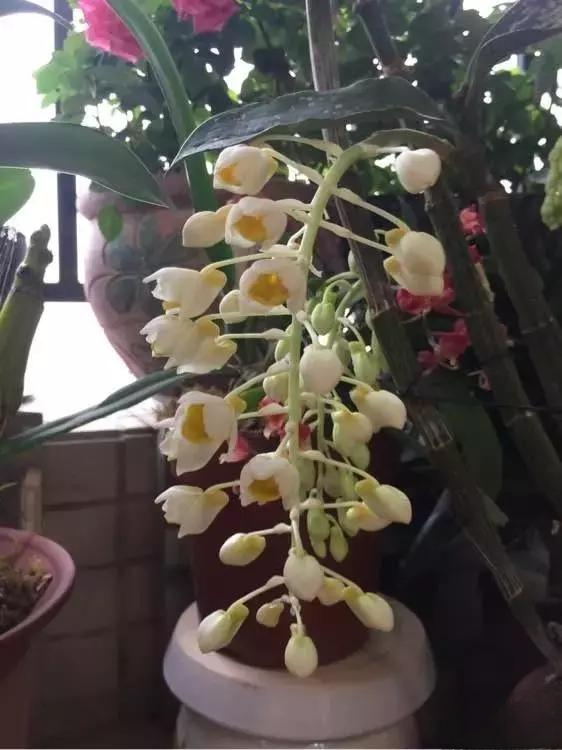
63 Epiphyllum
The main fertilizers for Epiphyllum are decomposed cake fertilizer and diammonium phosphate. During the vigorous growth period in summer, thin liquid fertilizer can be applied once every 10 days. Stop fertilizing after buds appear. Prune it in time after flowering and apply nitrogen fertilizer 1-2 times. Stop fertilizing during the winter dormancy period.
64 African Mirabilis jalapa
African purple jasmine prefers lighter inorganic fertilizers, which can be made into liquid fertilizers with fully fermented rice water, noodle soup, chicken, duck, fish intestines, etc. After sealing and composting. If you want to apply flower fertilizer, it is best to apply it 1-2 times a month, evenly sprinkle 10-20 grains of compound fertilizer about 5 cm from the edge of the flower pot, and then cover it with soil.
65 Dahlia
Dahlias like fertilizer. When potting them, you can add some bone meal to the soil as base fertilizer. Fertilize about once every 7-10 days during the growing season. It is best to mix liquid fertilizer with 0.1% potassium dihydrogen phosphate solution, because applying nitrogen fertilizer alone can easily cause the plant to grow too tall and the stems to become soft and fall over.
66 Desert Rose
Desert Rose likes phosphorus and potassium fertilizers. During the peak growth period in summer, it needs to be applied with 0.2% potassium dihydrogen phosphate solution or 0.5% superphosphate solution once a month to make the flowers brightly colored. When repotting every year, add some decomposed bean cake fertilizer or bone meal as base fertilizer to the bottom of the pot to make the plant grow more vigorously. In winter, the Desert Rose enters a dormant period and fertilization should be stopped.
67 Verbena
When the petunia is in the seedling stage, you can spray the plant with 0.2% urea. When the seedling grows up, apply nitrogen-containing fertilizer 1-2 times a month. Urea and compound fertilizer are both fine. Before the petunia blooms, you need to apply 0.2% potassium dihydrogen phosphate solution to promote flower bud differentiation and more flowering.
68 Margaret
Generally, when repotting and planting marigolds, enough base fertilizer is applied. No fertilizer is needed at other times. Base fertilizer can be mixed with fully decomposed chicken manure and slow-release fertilizer. Fertilizer cannot come into contact with the root system, otherwise it is easy to burn the roots.
69 Maidenhair fern
The maidenhair fern does not require much fertilizer. During the vigorous growth period in spring and autumn, it can be applied with thin liquid fertilizer once a month. During this period, 1000 times ferrous sulfate solution can be applied 2-3 times. When applying decomposed liquid fertilizer to the maidenhair fern, use a fine-mouthed spray bottle to slowly apply fertilizer along the edge of the flower pot. Do not let the liquid fertilizer get on the leaves, otherwise it will easily burn the leaves.
70 Cosmos
Cosmos does not require much fertilizer. If enough base fertilizer is applied when planting, such as urea, compound fertilizer or decomposed liquid fertilizer, then no fertilizer is needed during the growing period, because excessive fertilization can easily cause the branches and leaves to grow too long and not bloom; if there is not enough base fertilizer, then fertilizer needs to be applied every 10 days or so during the growing period, and no fertilizer is needed in hot summer weather.
(Author: Super Invincible Cute Mom Source: Cosmos Bar)
71 Hoya
If you want the Hoya to grow quickly, apply decomposed livestock manure liquid fertilizer once a month during the growing season. Apply 0.2% potassium dihydrogen phosphate solution before flowering, which can make the Hoya bloom beautifully. If you want to reduce the incidence of diseases and pests on the Hoya, you can use decomposed wood ash as flower fertilizer.
(Author: Flowers blooming on the road Source: Ball Orchid Bar)
72 million small bells
The million bells plant does not require much fertilizer to grow. The base fertilizer can be made of earthworm soil: soil in a ratio of 1:3. During the growing period, you can use decomposed liquid fertilizer, such as cake fertilizer, chicken manure fertilizer or liquid fertilizer made from kitchen waste. It must be fully decomposed, otherwise it will easily burn the roots. You can also use compound fertilizer or slow-release fertilizer. During the peak growth period, apply liquid fertilizer once every 15-20 days.
73 Miniature Coconut
During the growth period of the miniature coconut palm, nitrogen-containing liquid fertilizer should be applied 1-2 times a month. Liquid fertilizer can be made from chicken bone residue, fish bone residue or Chinese medicine residue. Gradually reduce the amount of fertilizer in autumn and stop fertilizing in winter.
74 Dianthus
Dianthus likes fertilizer. You can use decomposed bone residue or bean cake fertilizer as base fertilizer, and then apply thin liquid fertilizer every 10 days or so. After flowering, apply decomposed liquid fertilizer again to make the plant grow strong.
(Author: Rhino Cowboy 88 Source: Shizhu Bar)
75 Areca palm
Areca palm is generally fertilized with decomposed liquid fertilizer or compound fertilizer once every 1-2 weeks to promote vigorous growth of the plant and dark green leaves; the amount of fertilizer should be gradually reduced in autumn and stopped in winter.
76 Vinca roseus
Potted vinca roseus should be fertilized about once every 10 days. Compound fertilizer and decomposed liquid fertilizer can be used alternately, which can make the vinca roseus grow vigorously. Applying 0.2% potassium dihydrogen phosphate solution once before flowering can make the plant have more and brighter flowers.
77 Bamboo plum
During the peak growth period of the hanging bamboo plant, nitrogen fertilizer or compound fertilizer should be applied about once every 15 days. During the non-growing period, the demand for fertilizer is not high, and applying fertilizer once a month is enough.
78 Eustoma
Before the cotyledons of lisianthus unfold, no fertilizer is needed; from the cotyledons to the vigorous growth period, apply nitrogen-containing fertilizer about once every 10-15 days; apply 0.2% potassium dihydrogen phosphate solution before flower bud differentiation, and after flowering, apply decomposed liquid fertilizer once.
79 Nasturtium
During the vigorous growth period of nasturtium, you can apply 20% concentration of decomposed bean cake water once a month; during the flowering period, stop applying nitrogen fertilizer, and change to 0.2% potassium dihydrogen phosphate solution or 0.5% superphosphate solution, about once every half a month.
(Author: Taodan 2016 Source: Nasturtium Bar)
80 Gloxinia
Gloxinia likes fertilizer. During the peak growth period, apply a thin layer of cake fertilizer water every 10-15 days. After the flower buds are formed, apply bone meal or 0.2% potassium dihydrogen phosphate solution to make the flowers larger and more colorful.
(Author: tly_79937302 Source: Gloxinia Bar)
That’s all for today’s introduction.
In fact, the fertilization method that Huahua introduced to you is
It's just an approximate degree.
Dear flower lovers, when applying fertilizer,
It also depends on the size of the flower pot and the environment at home.
Don't fertilize blindly.
